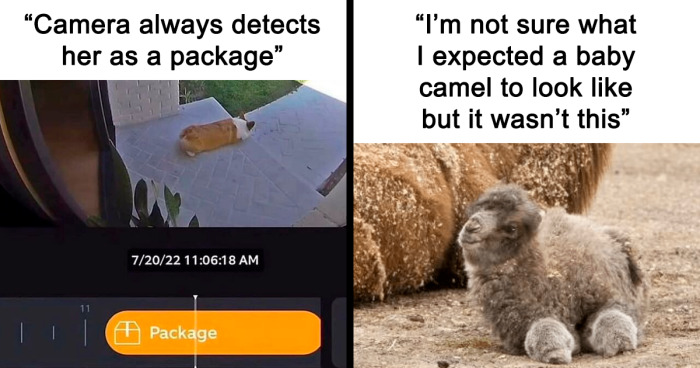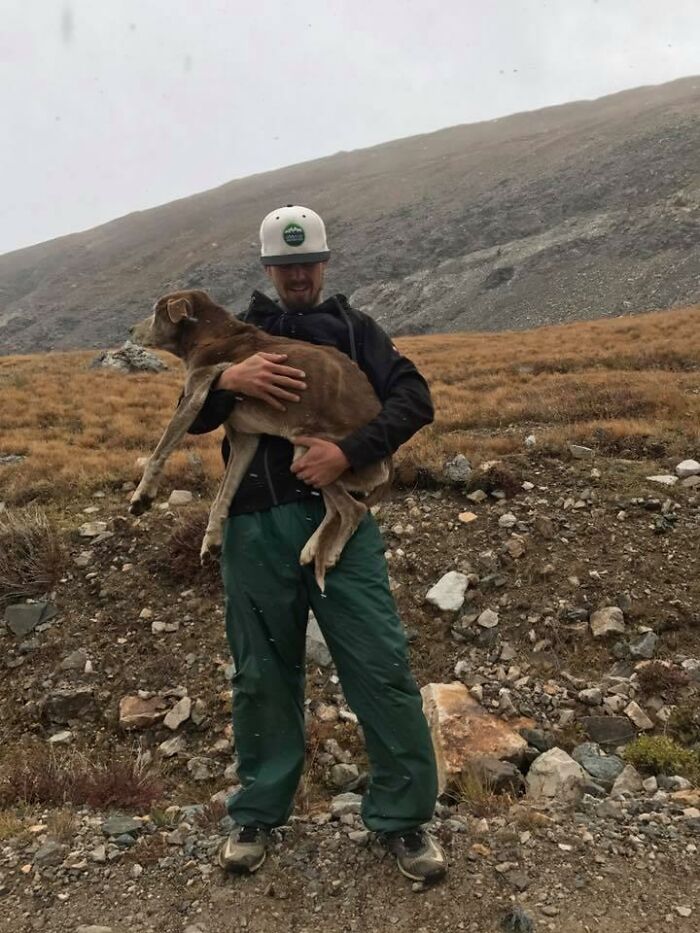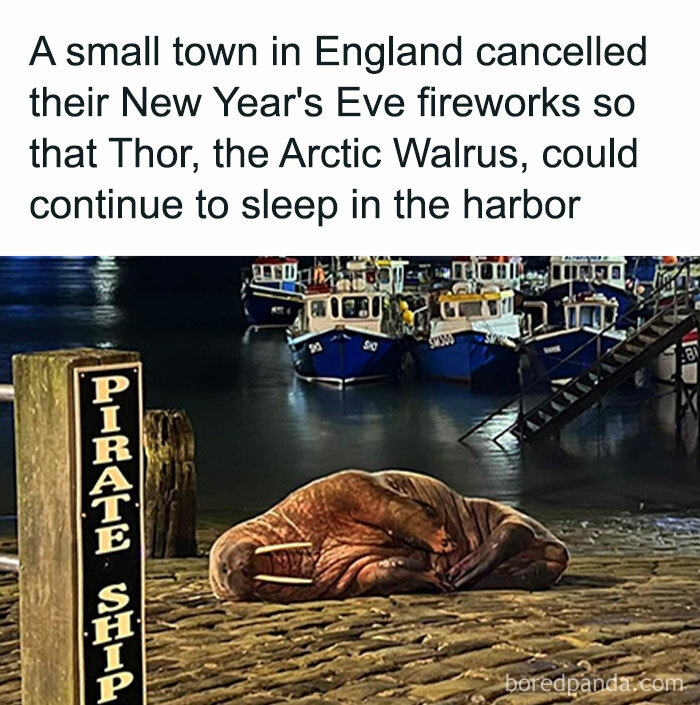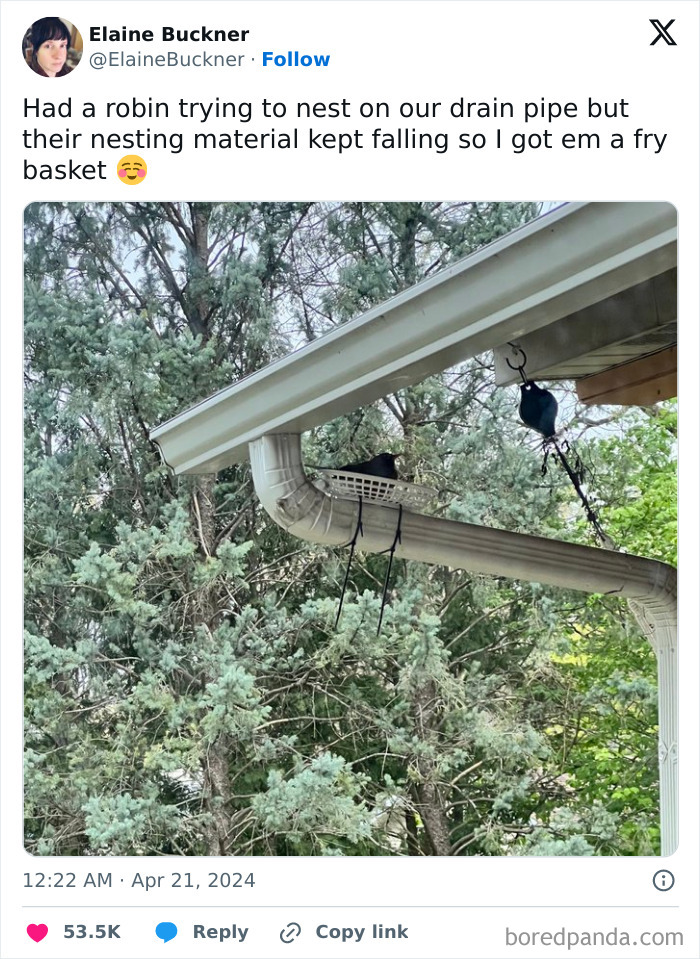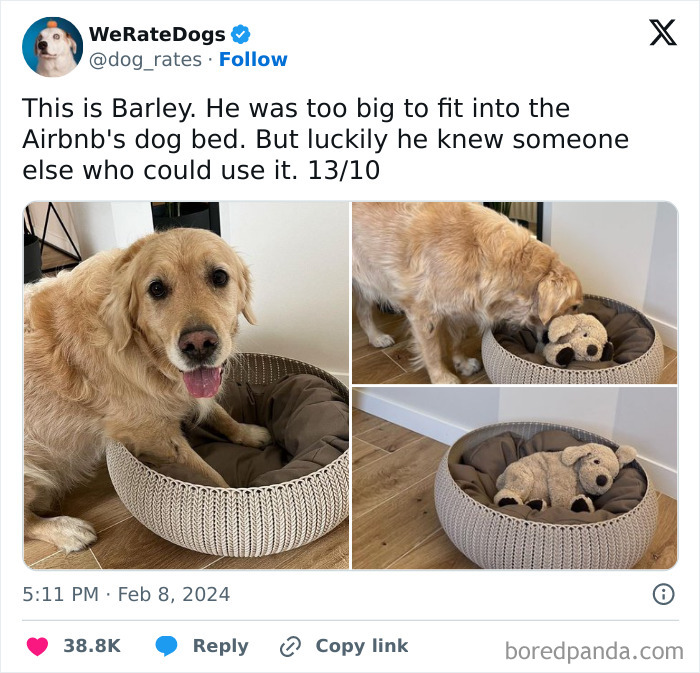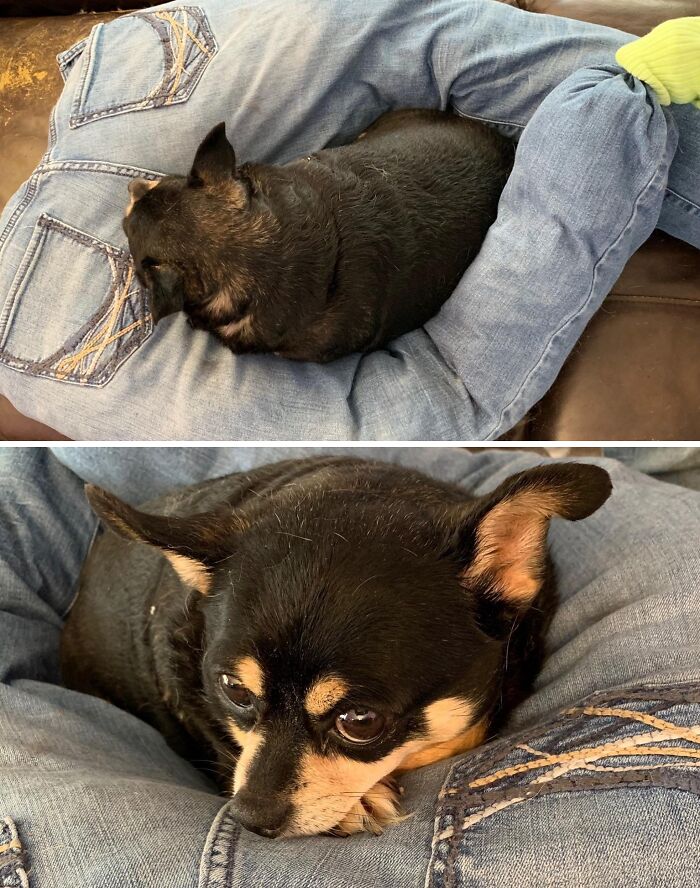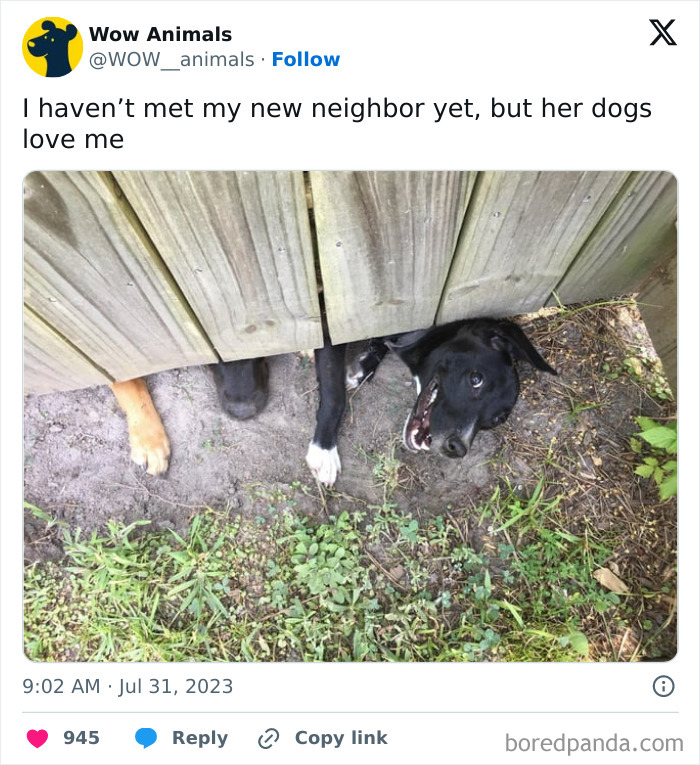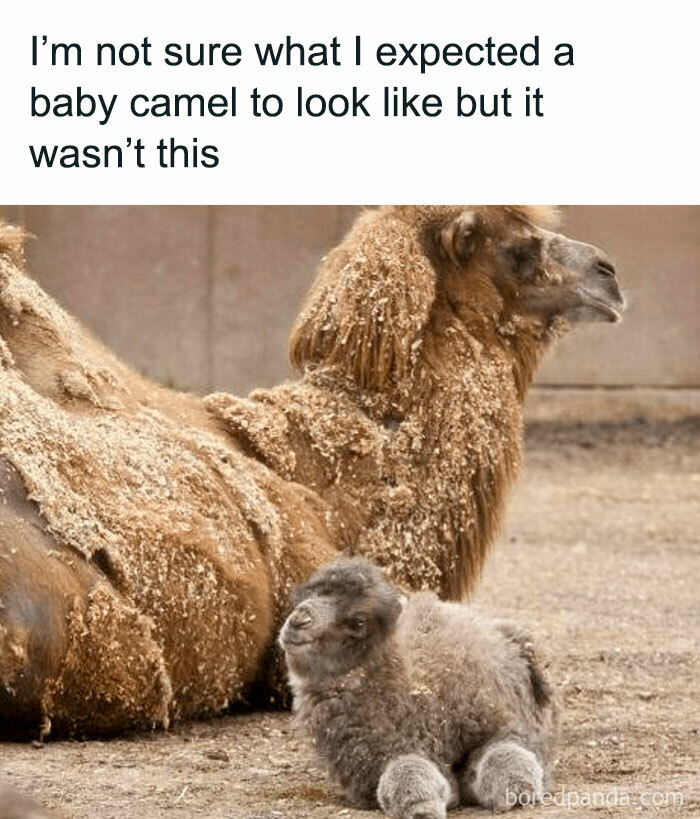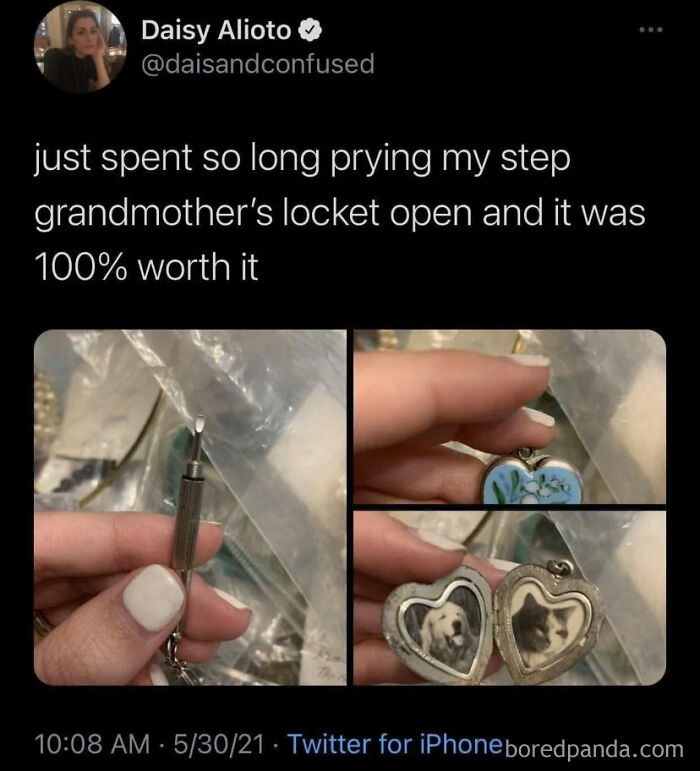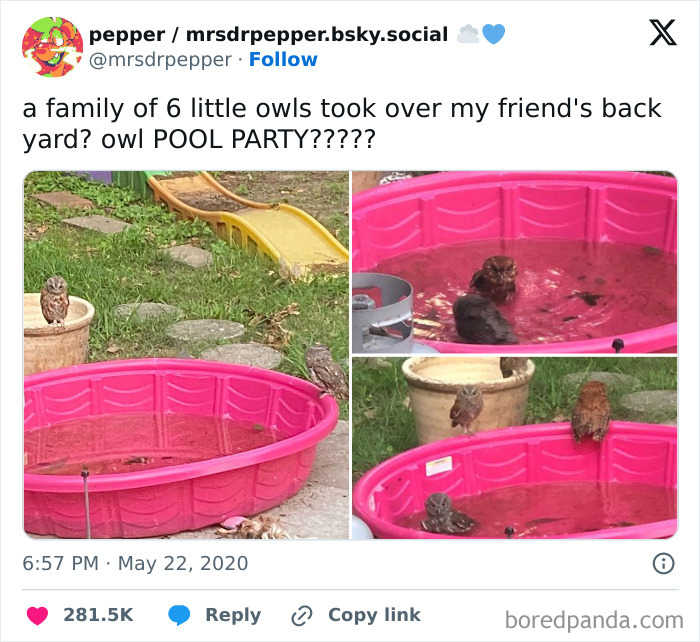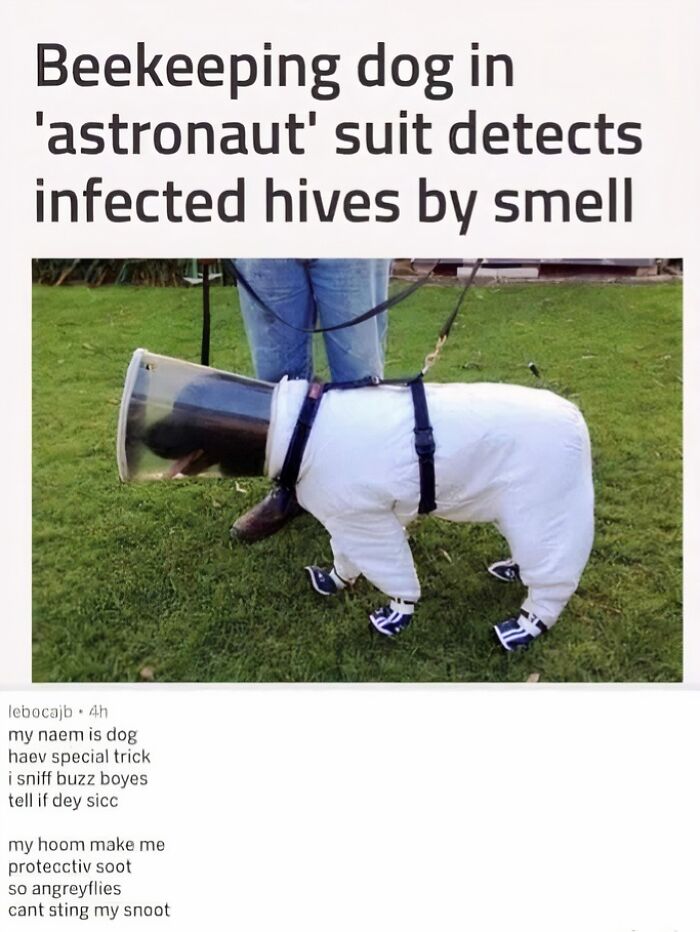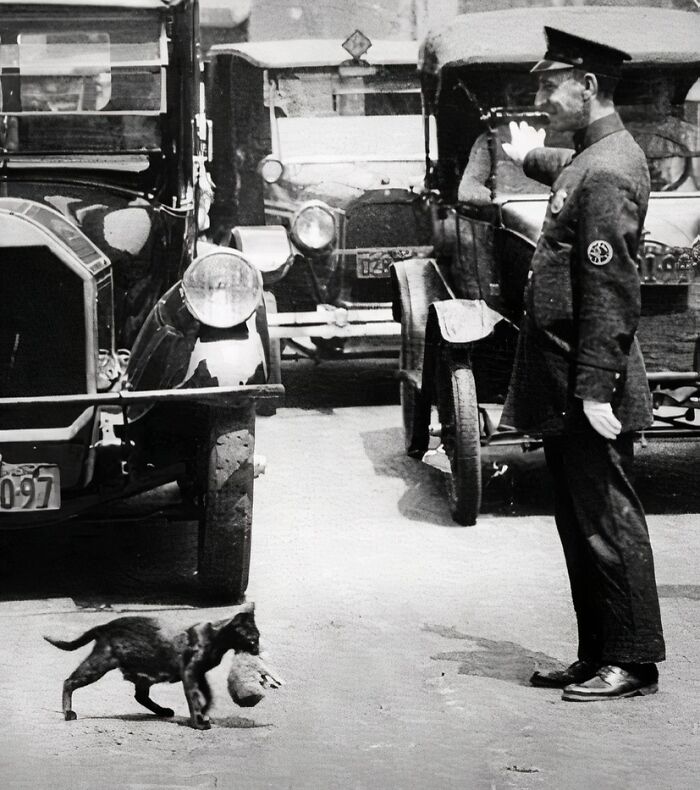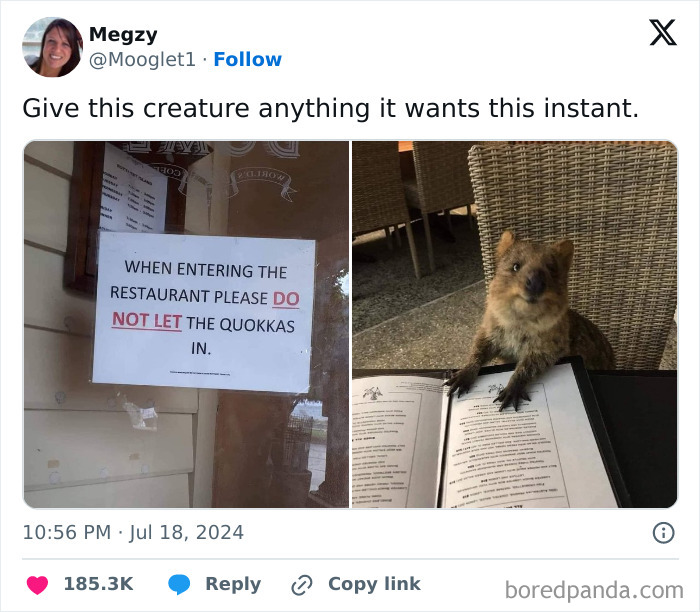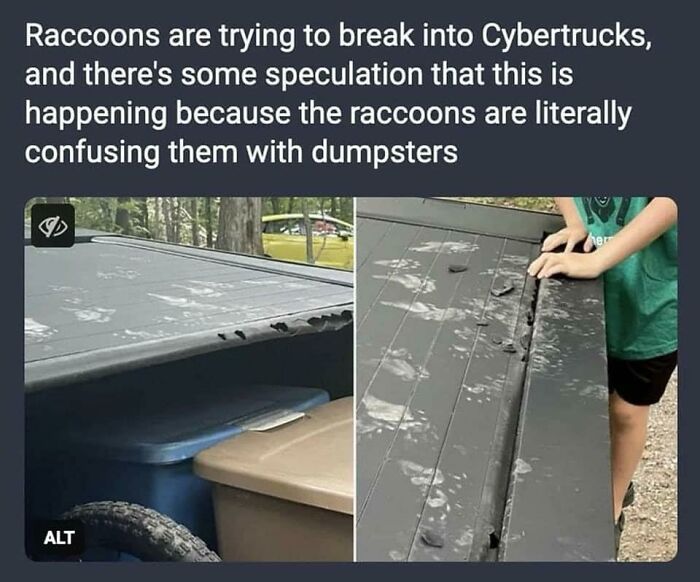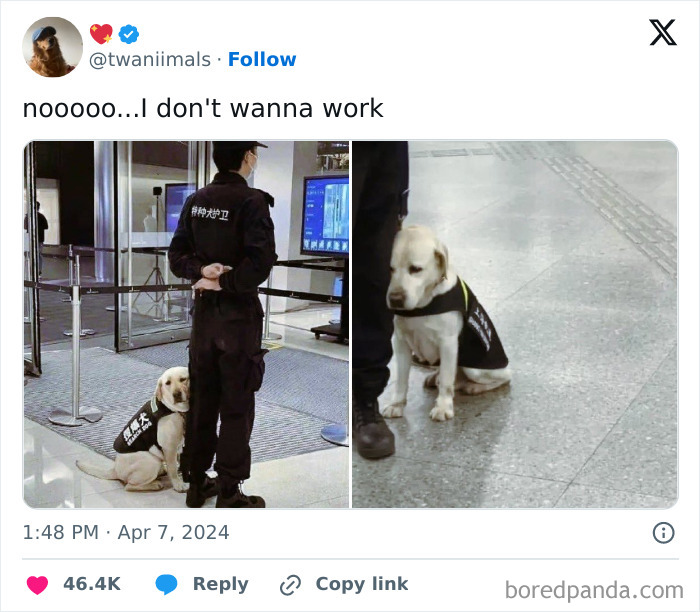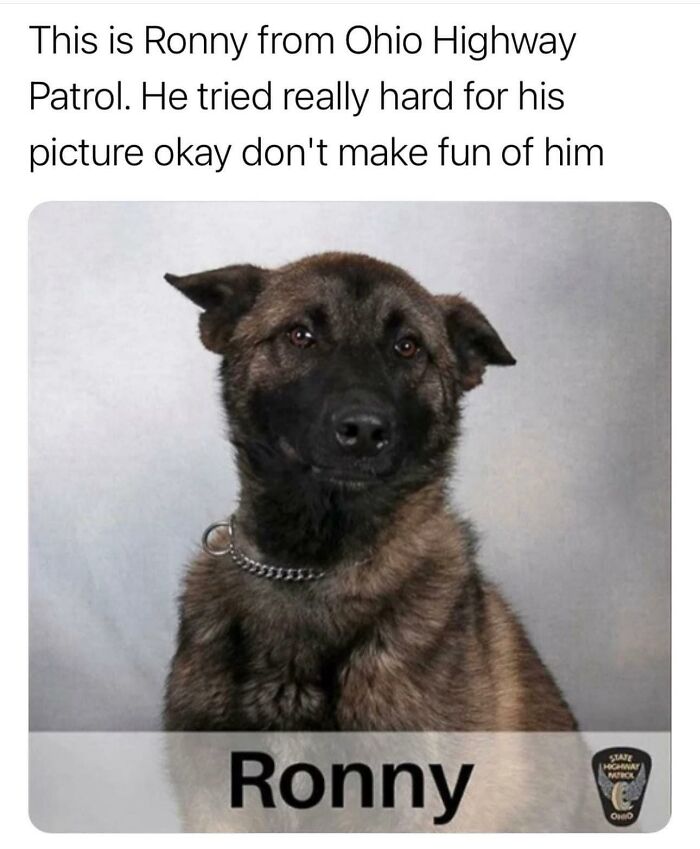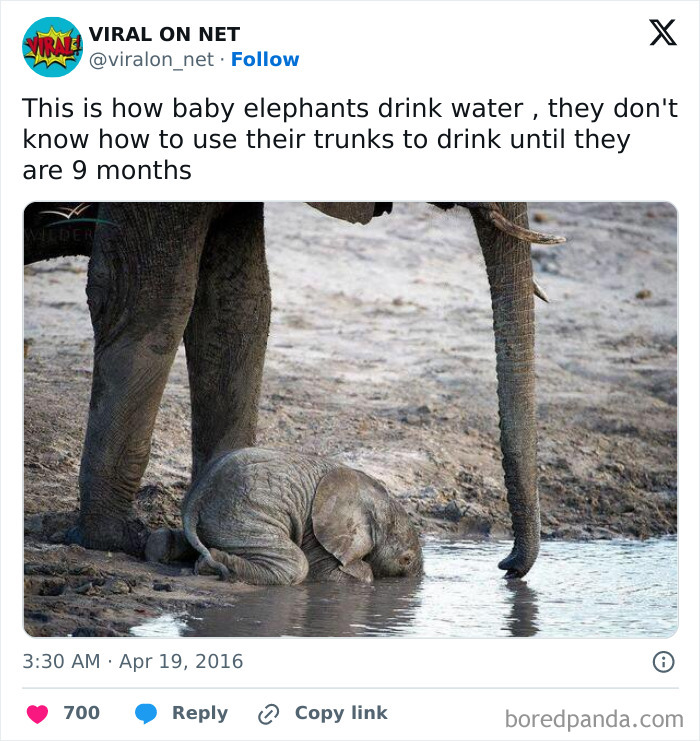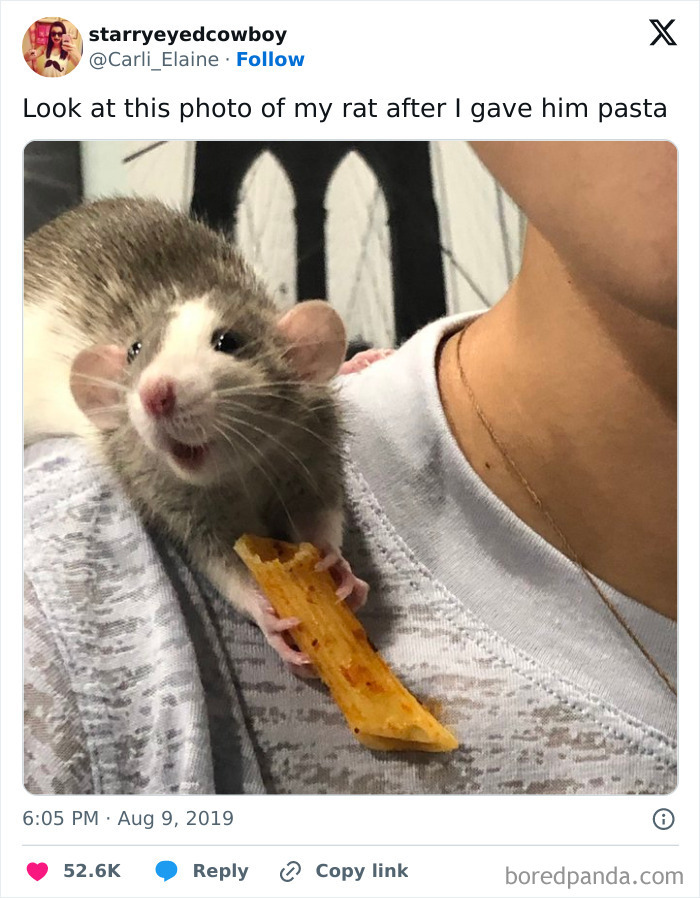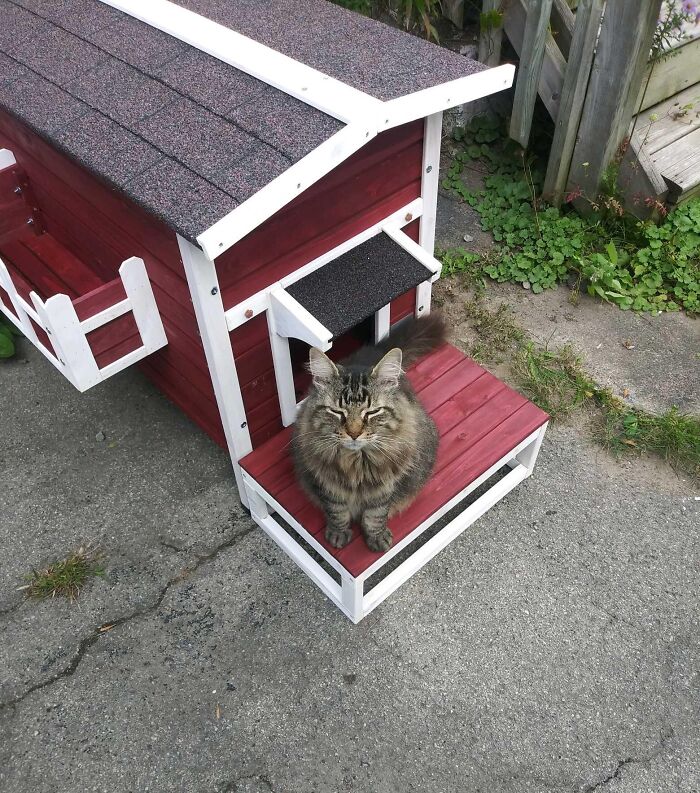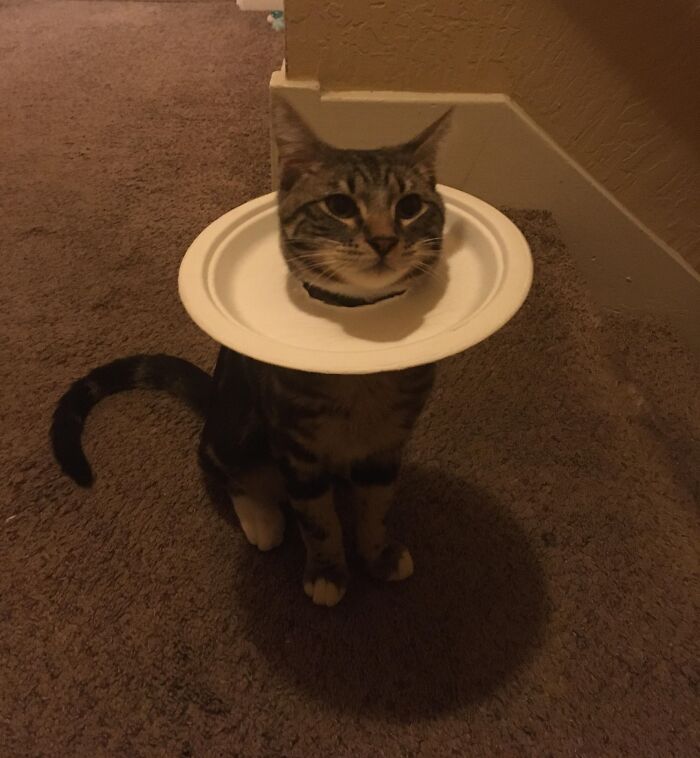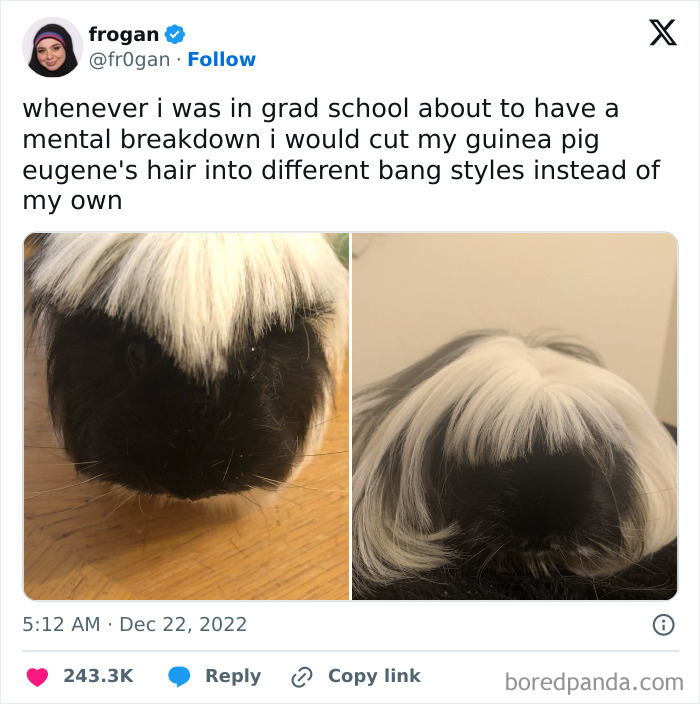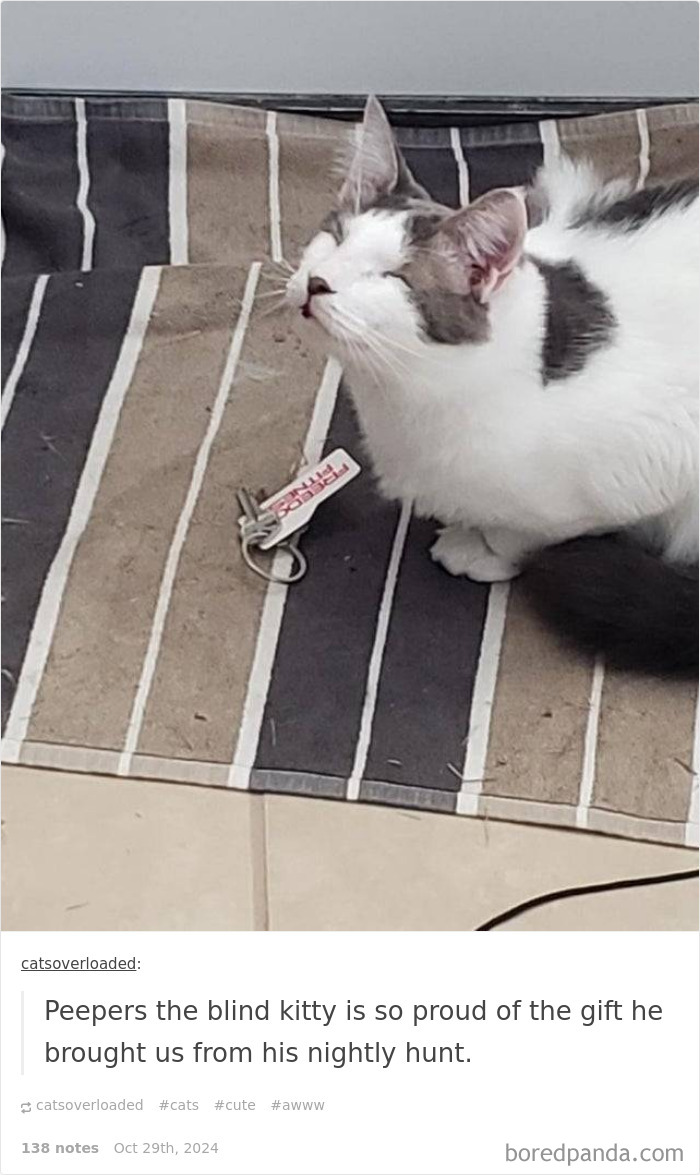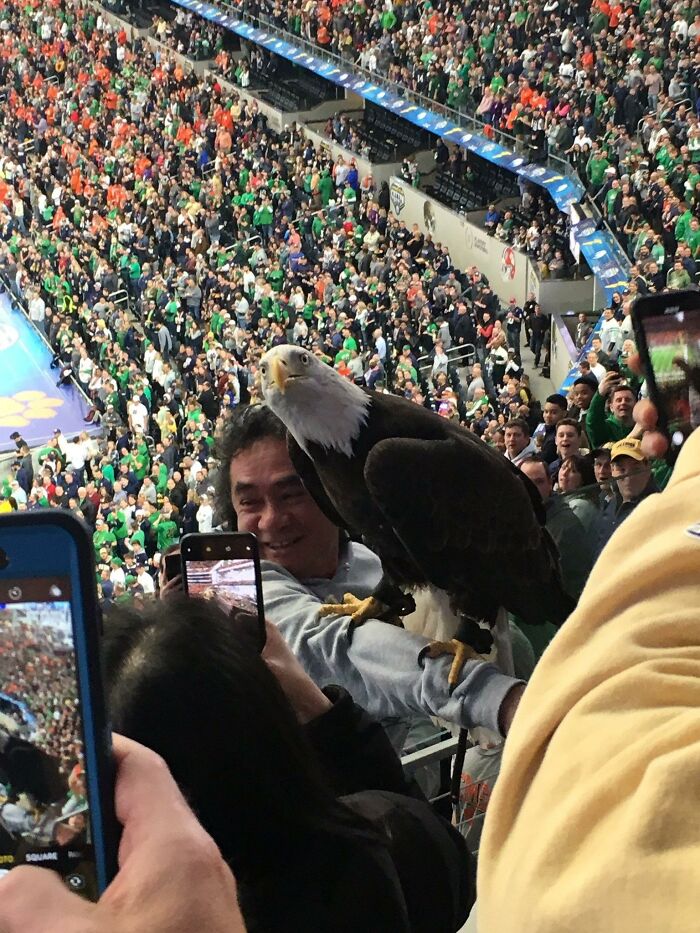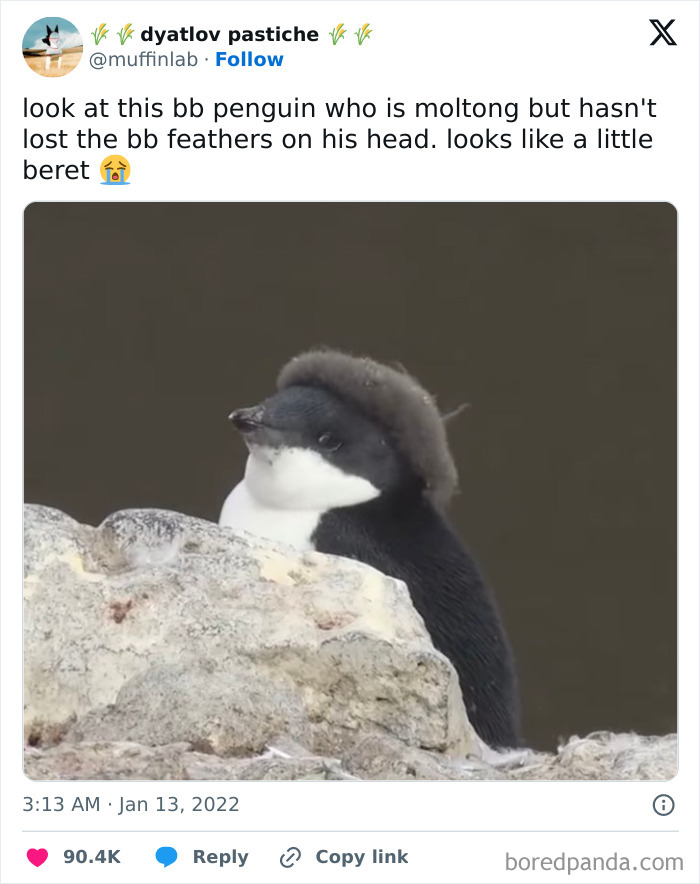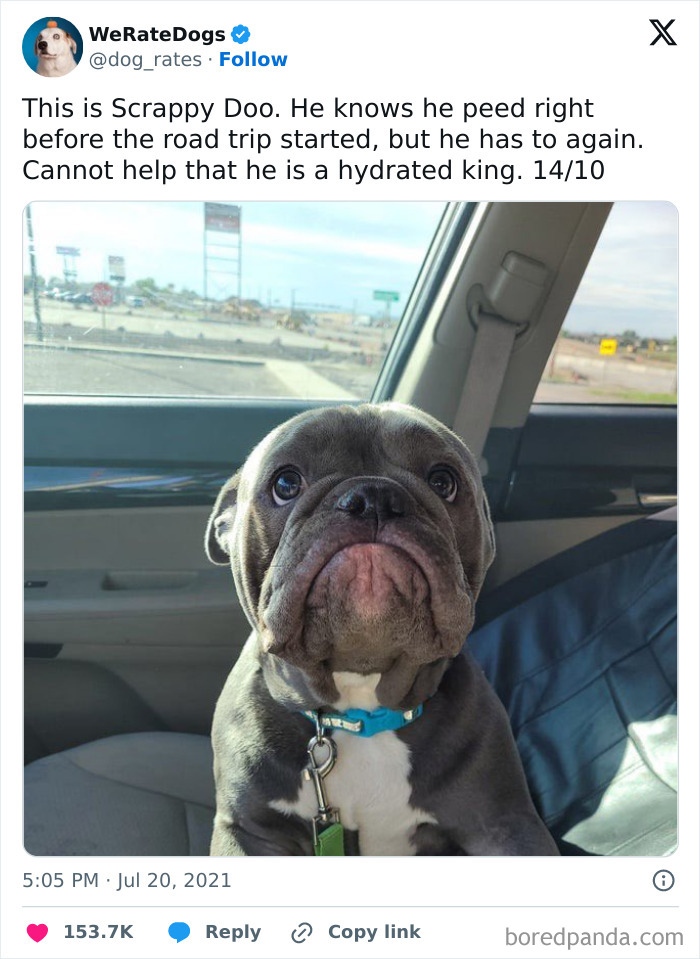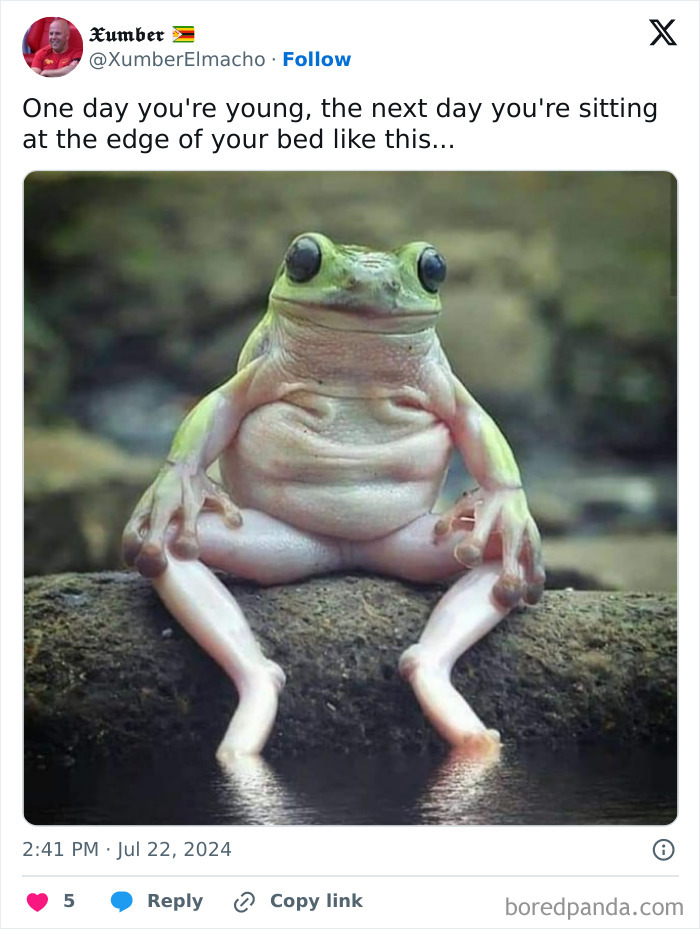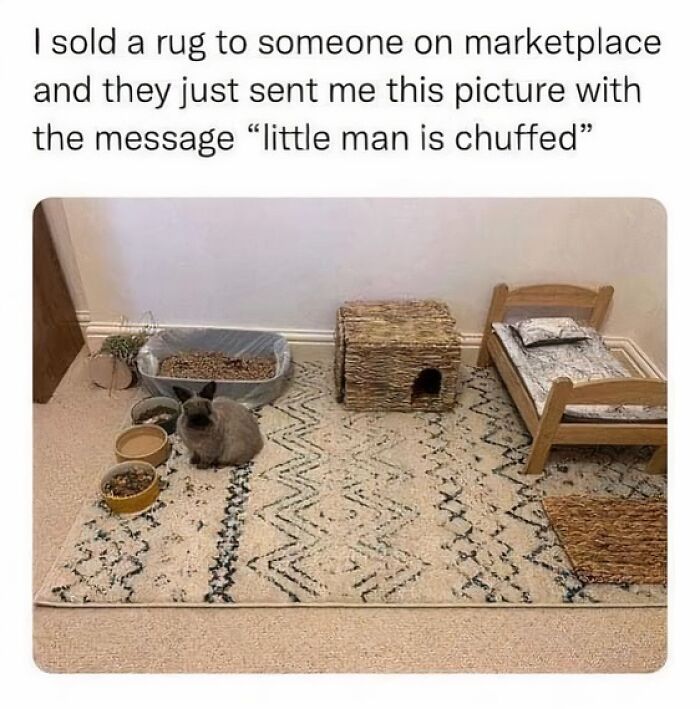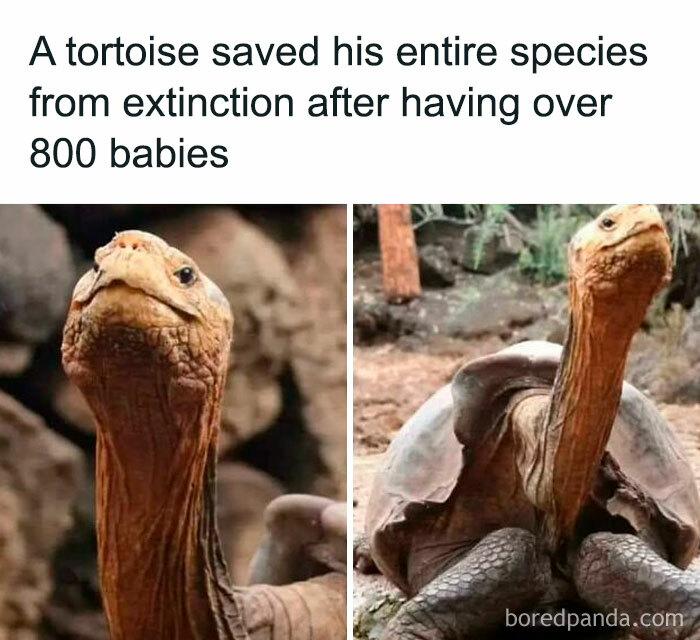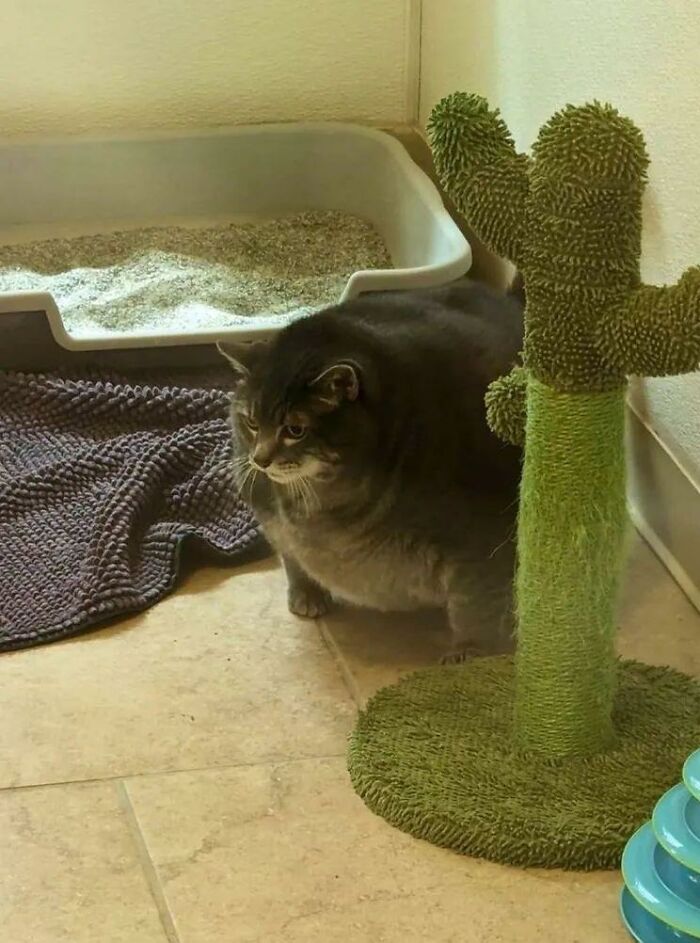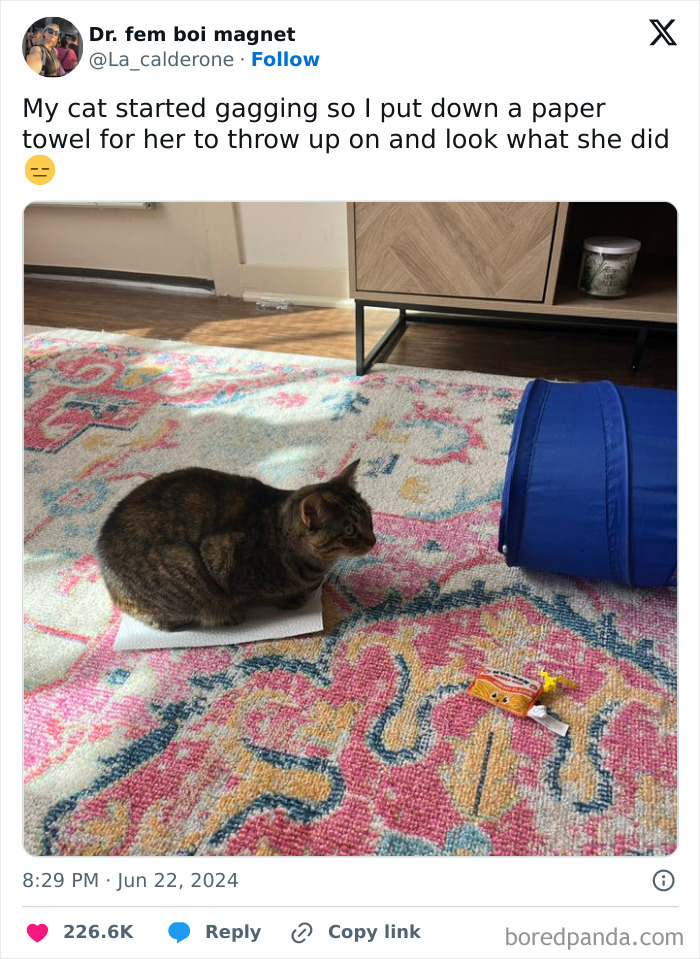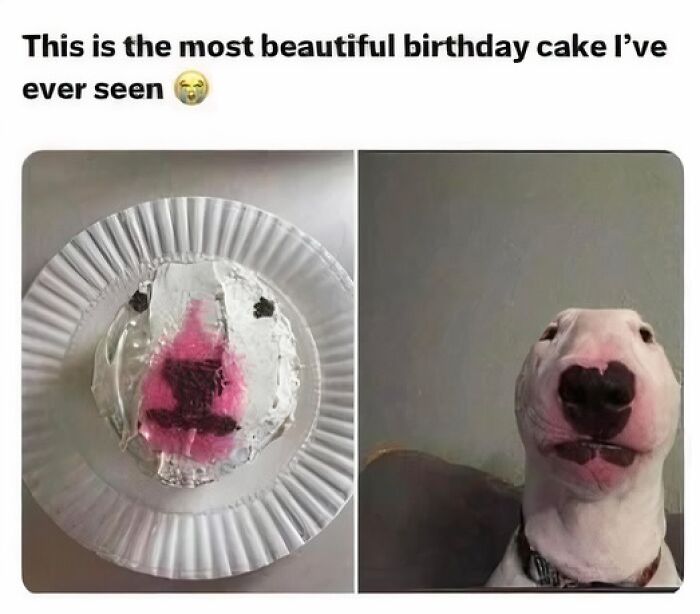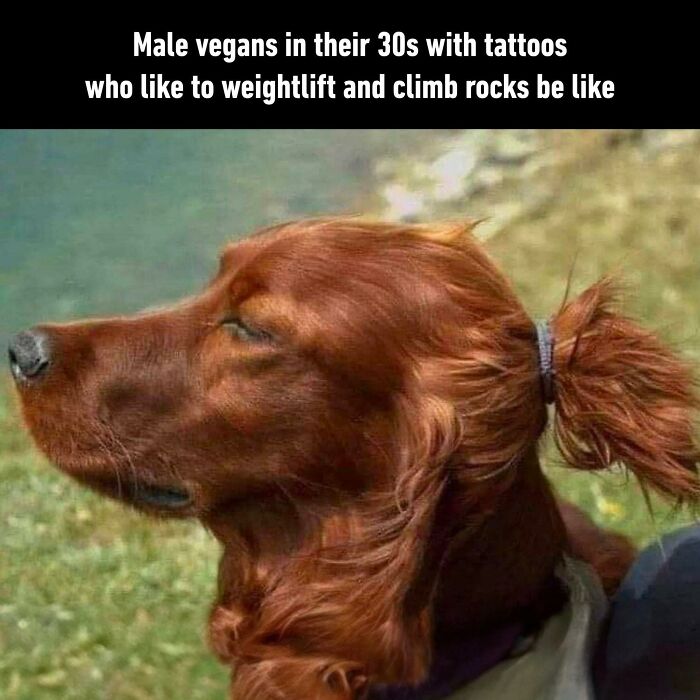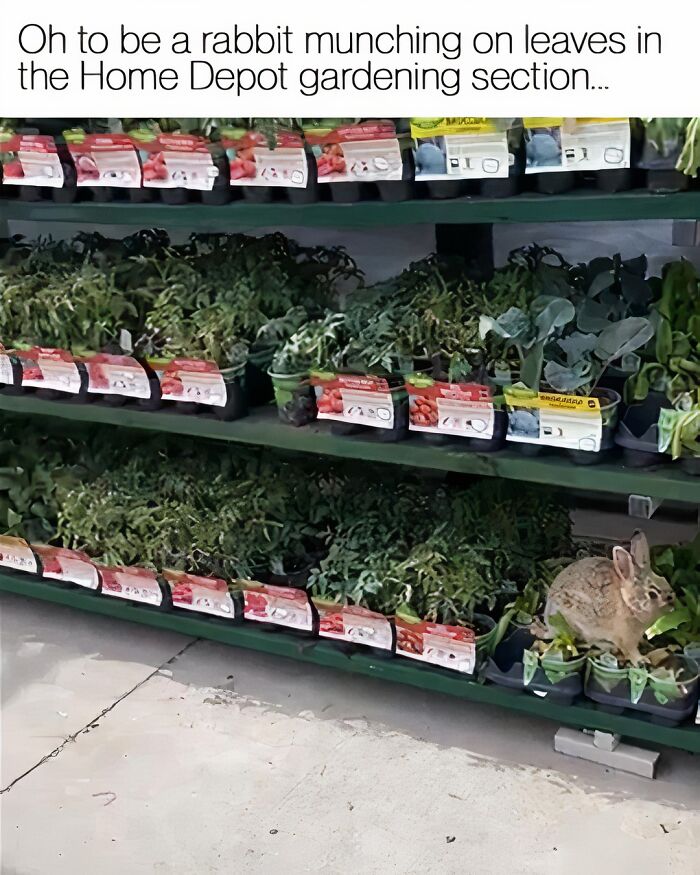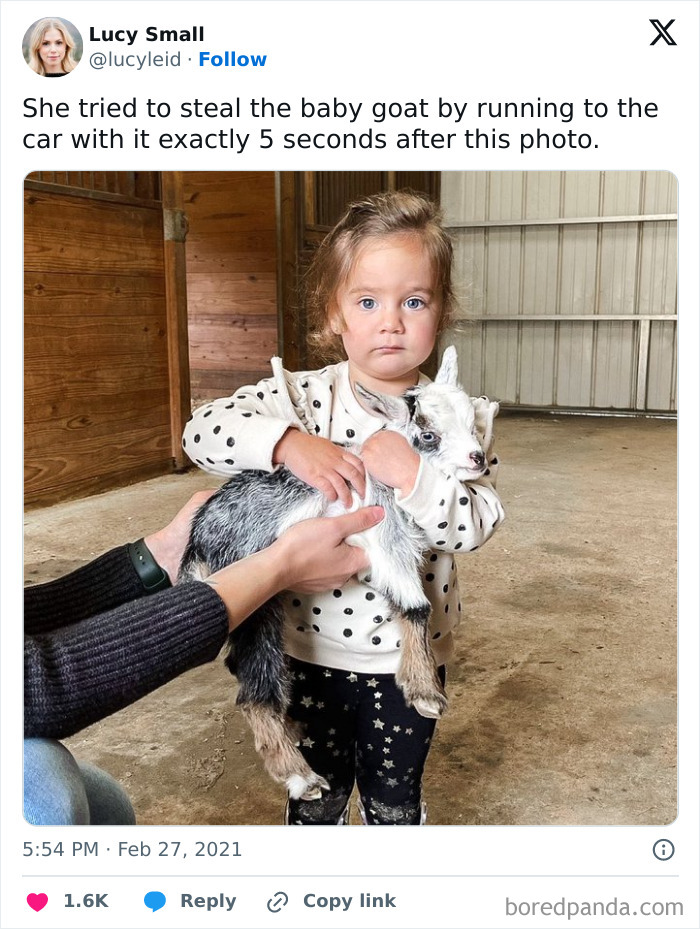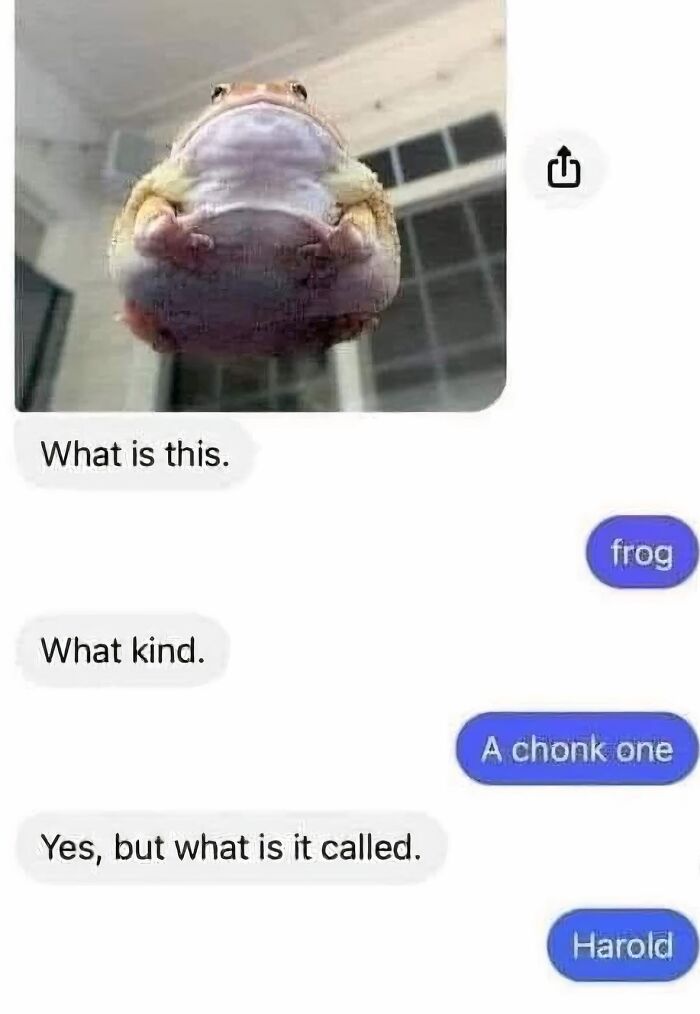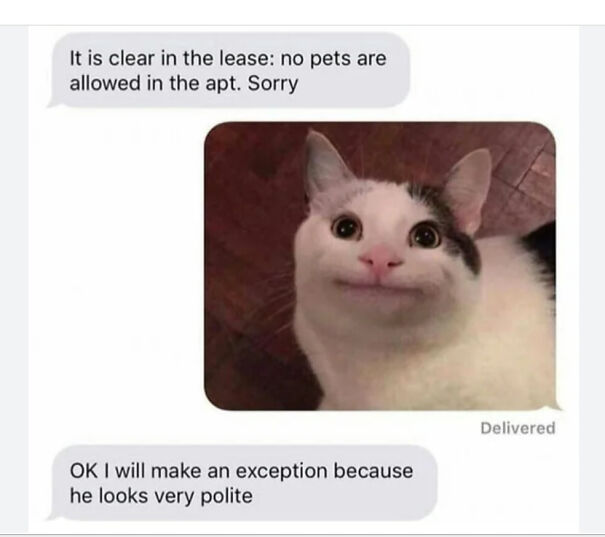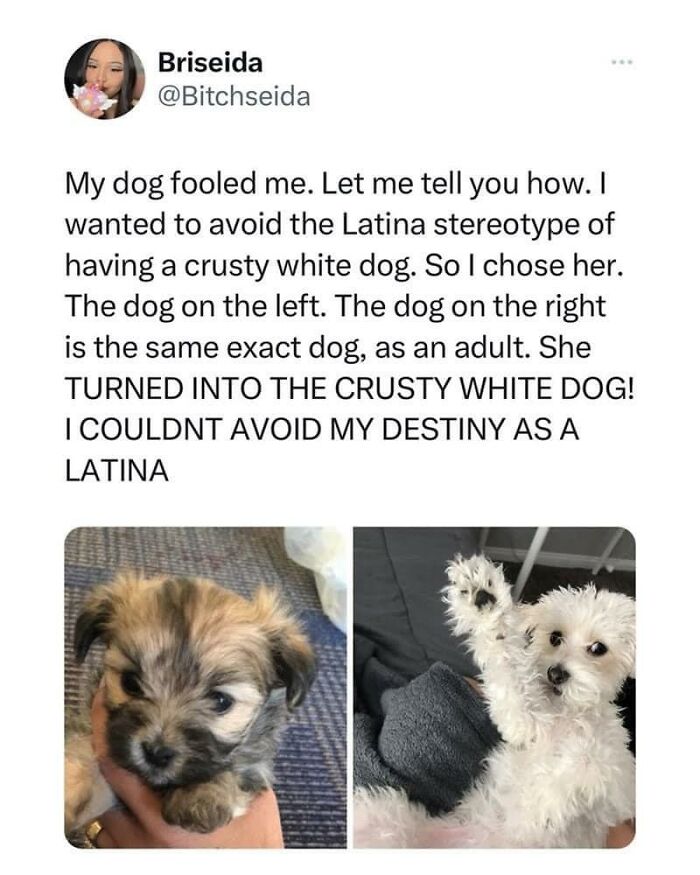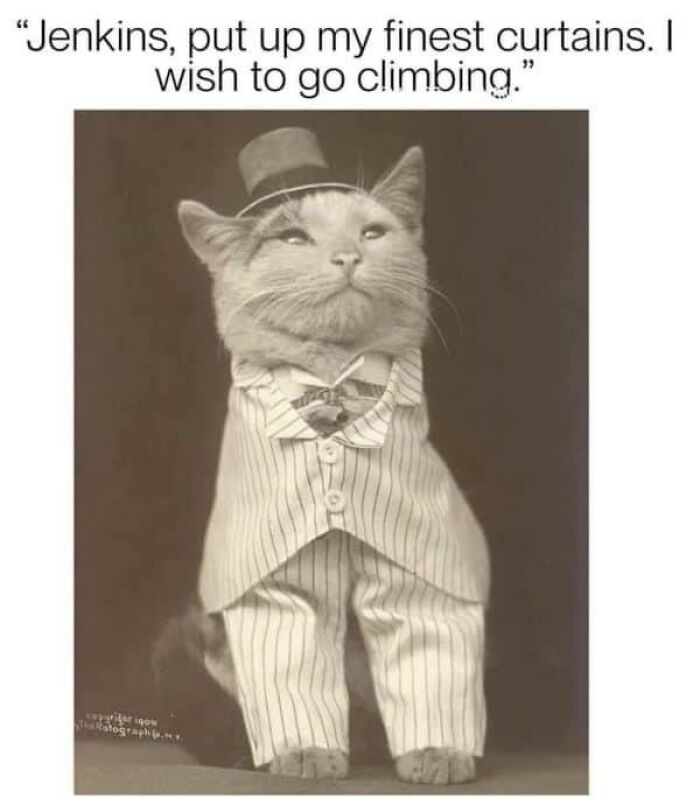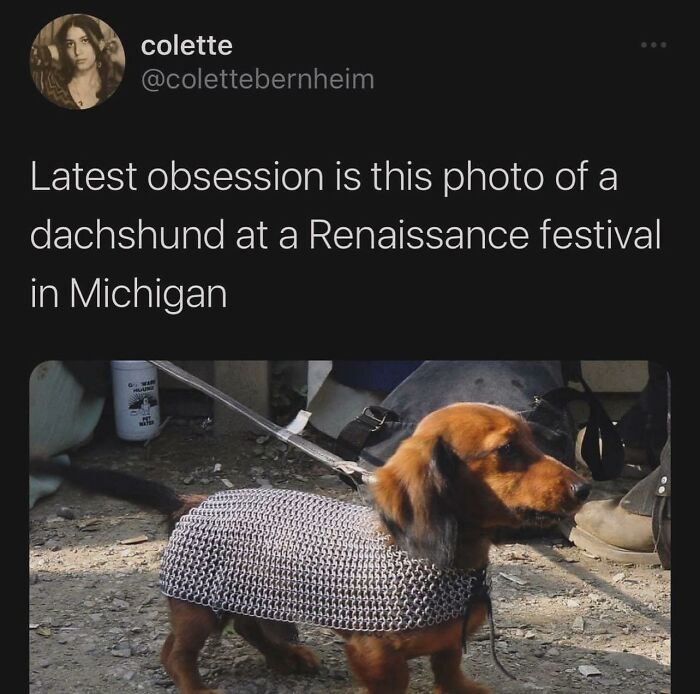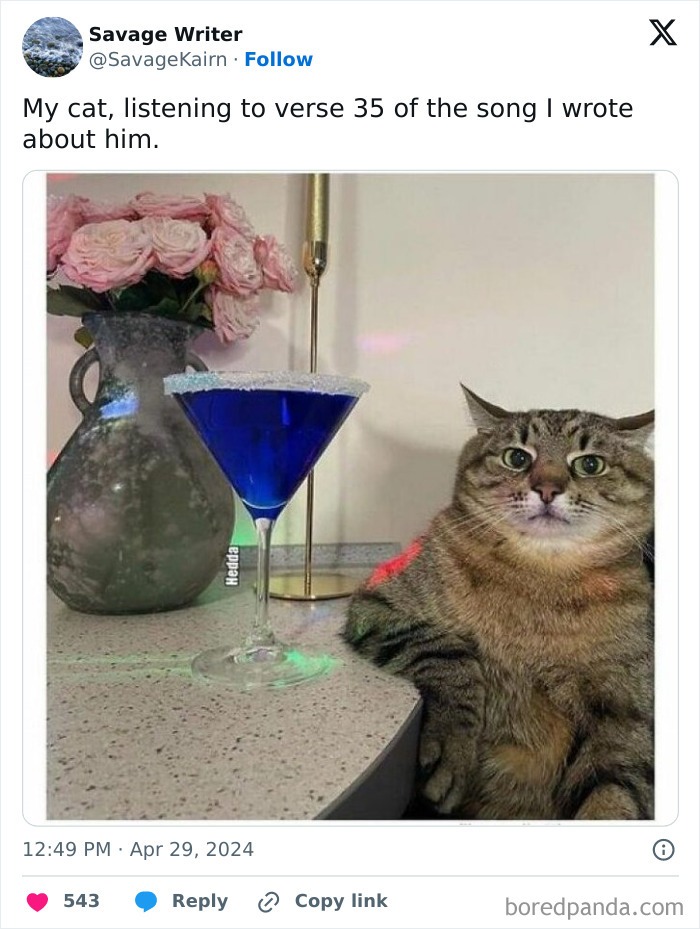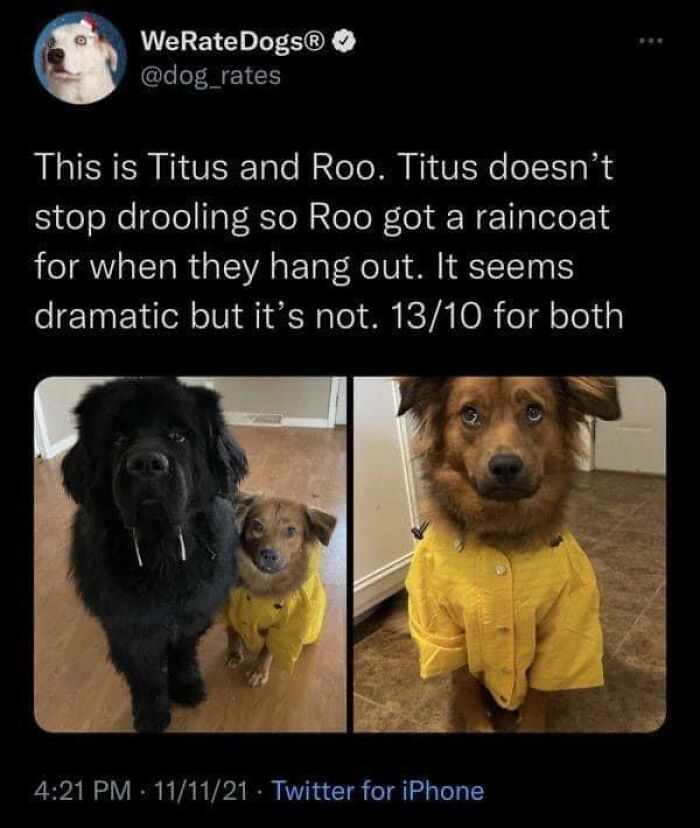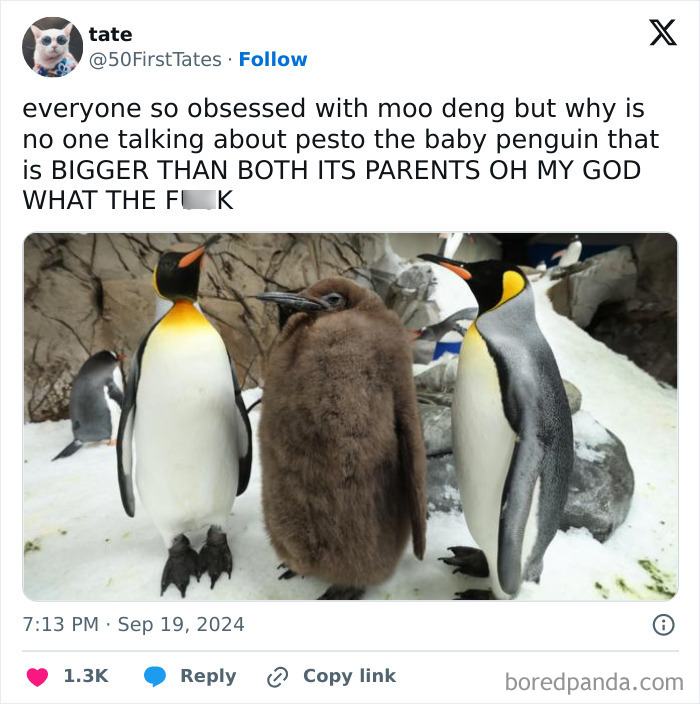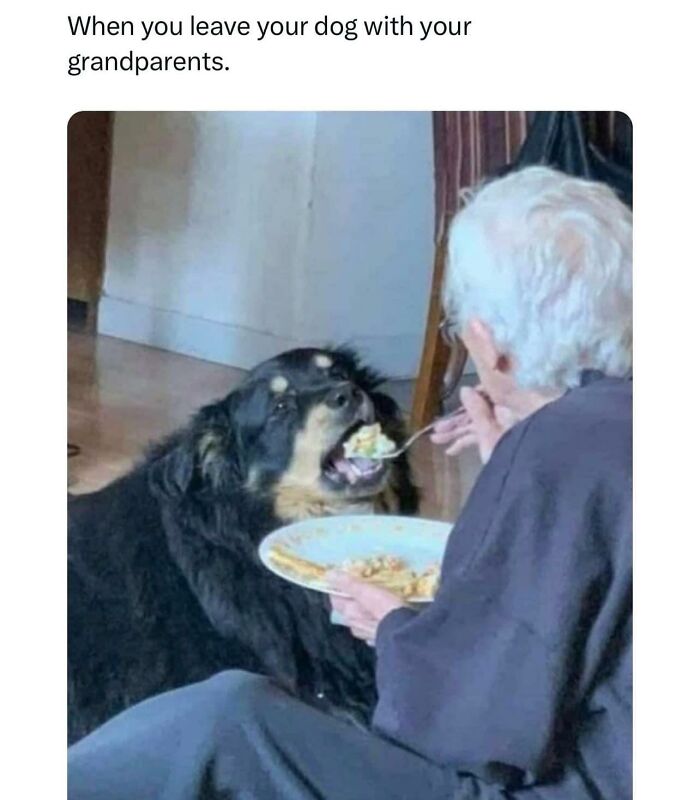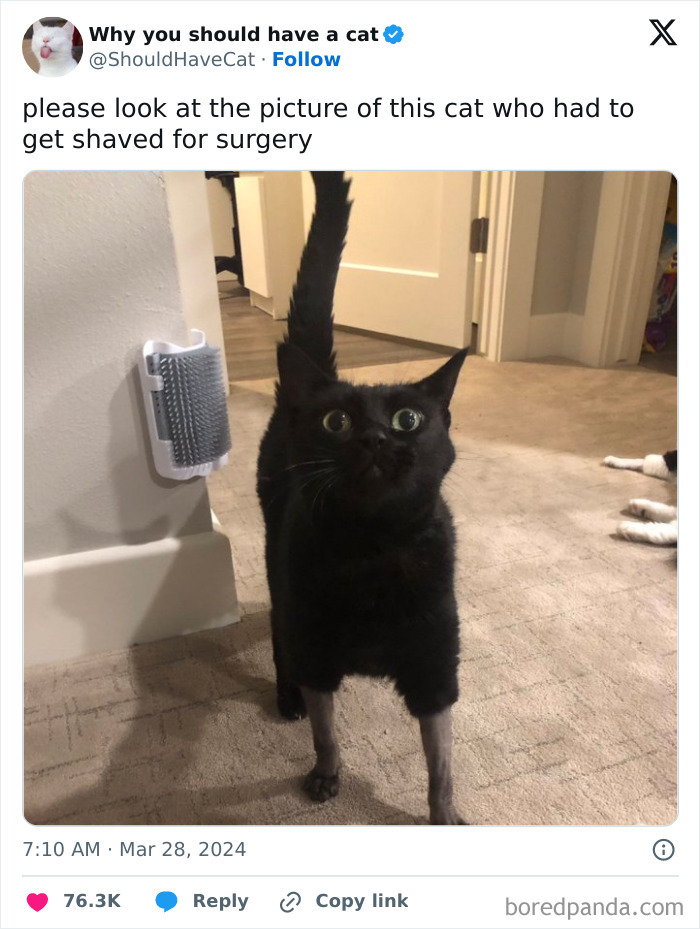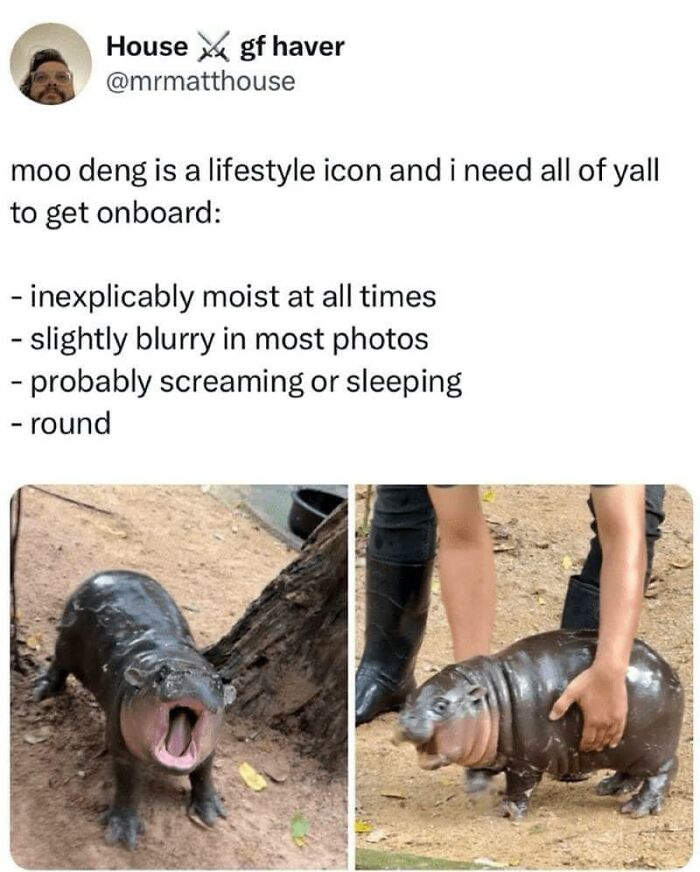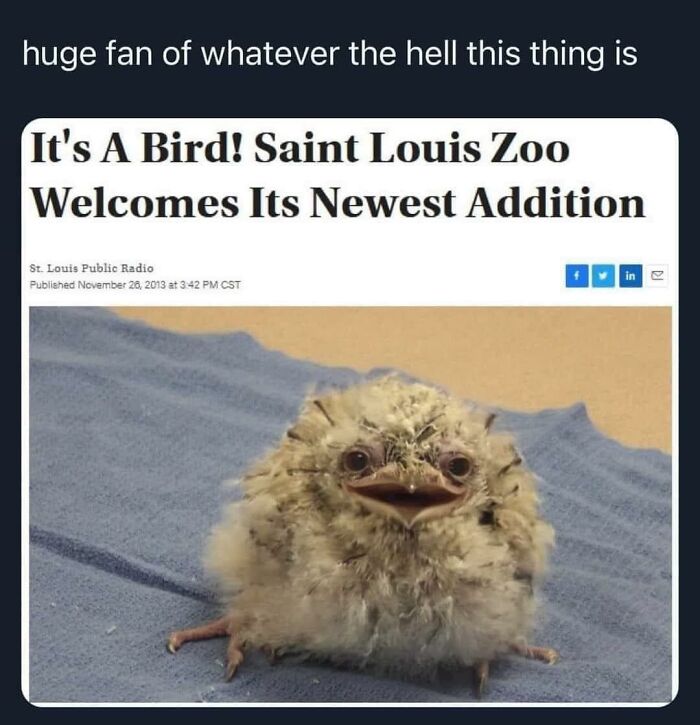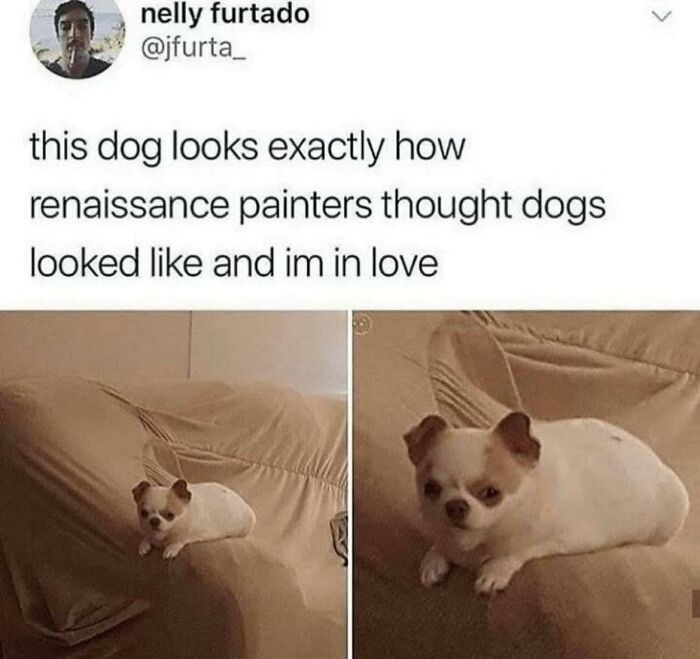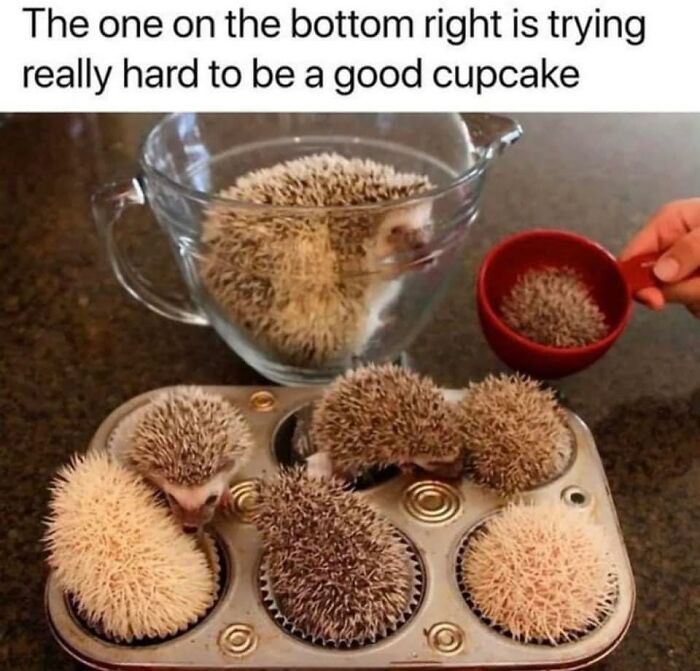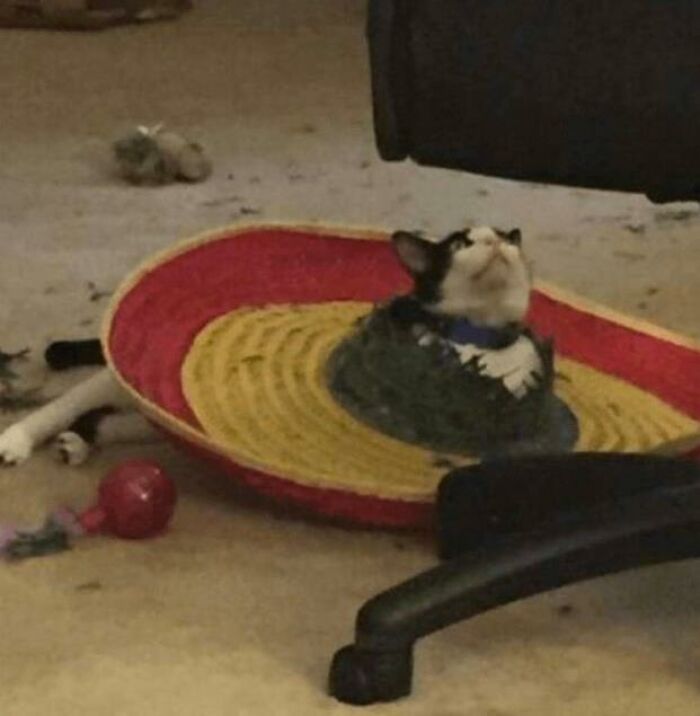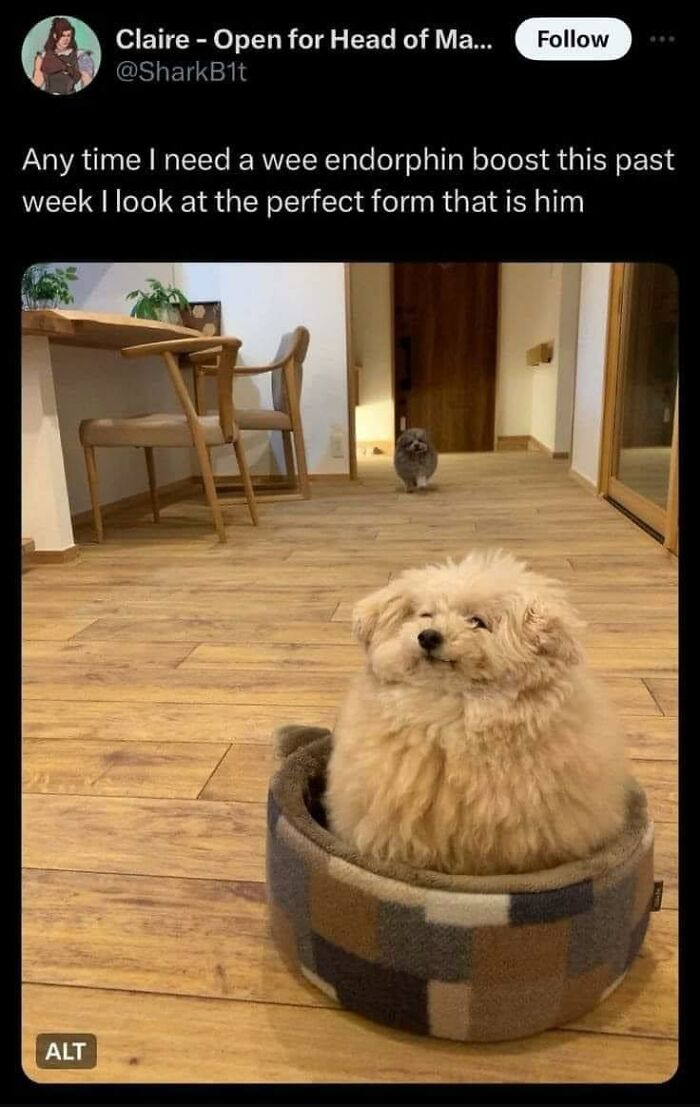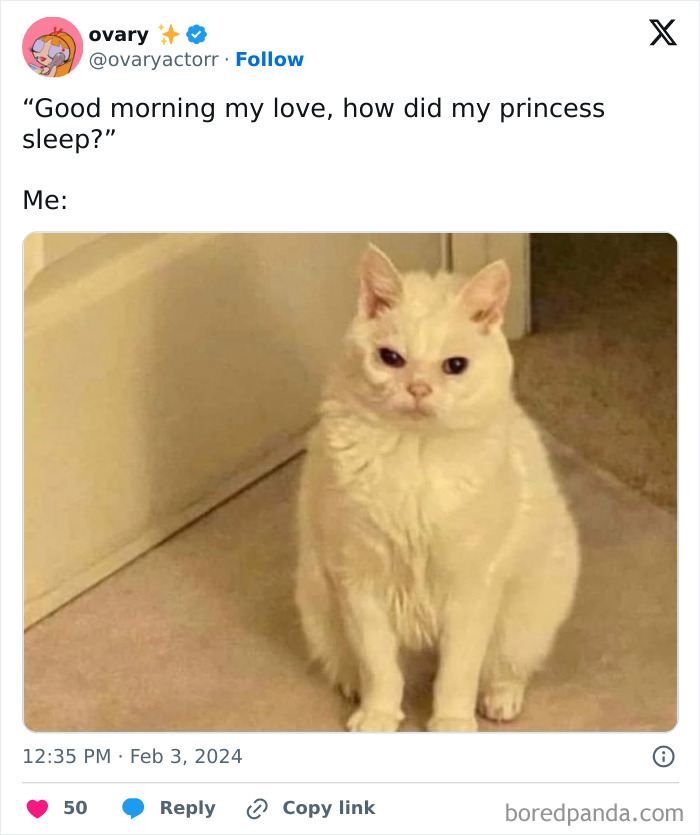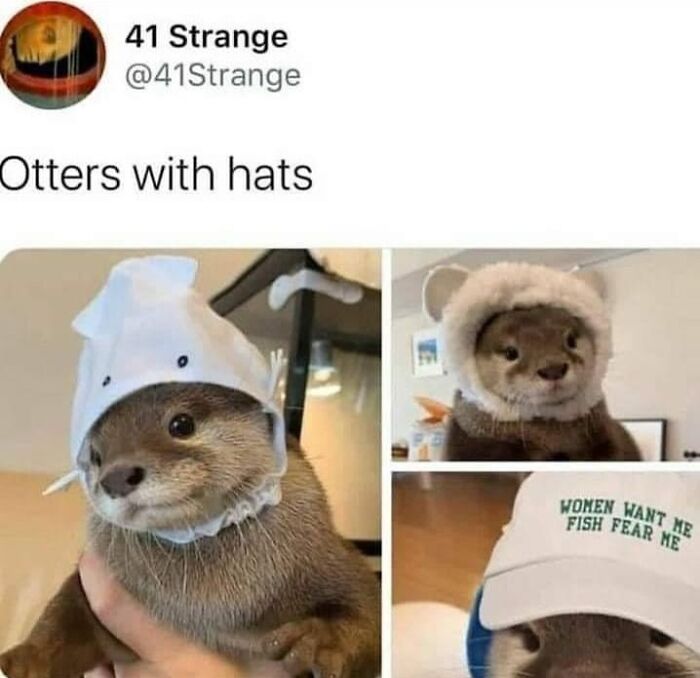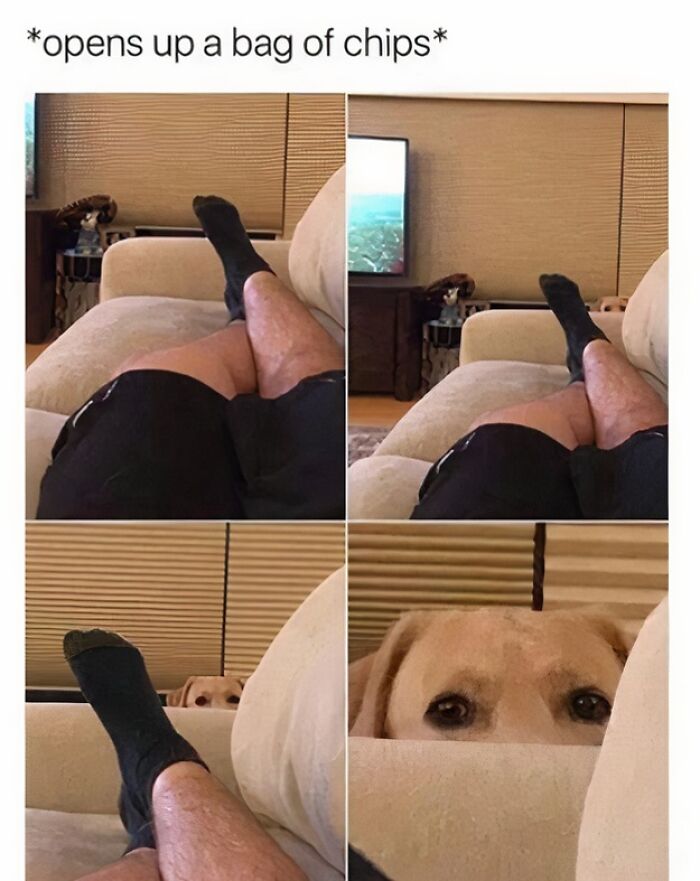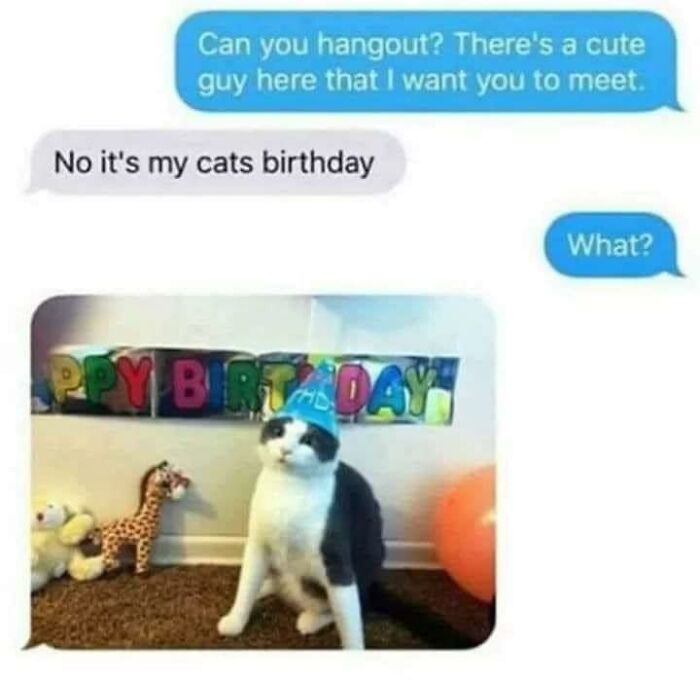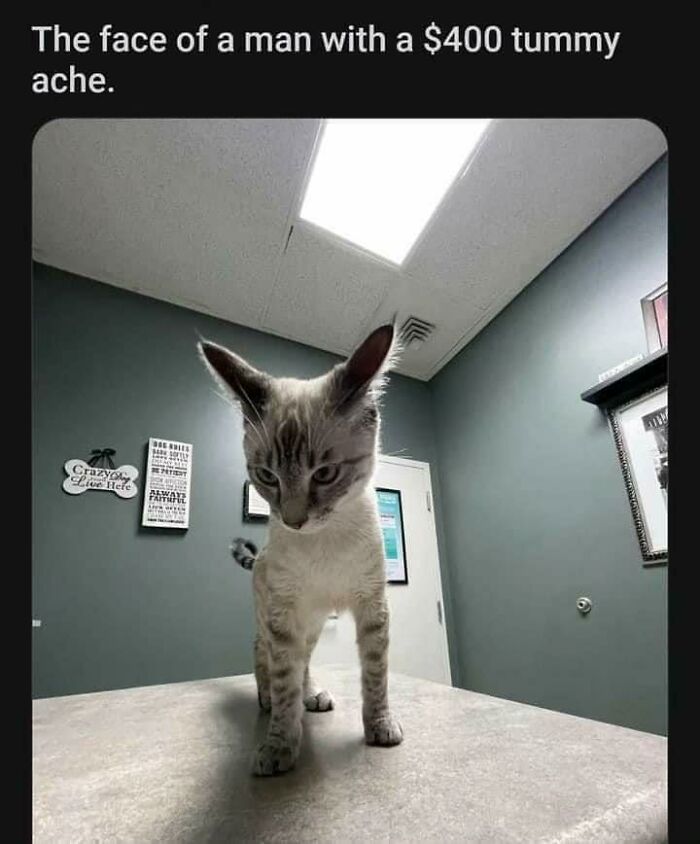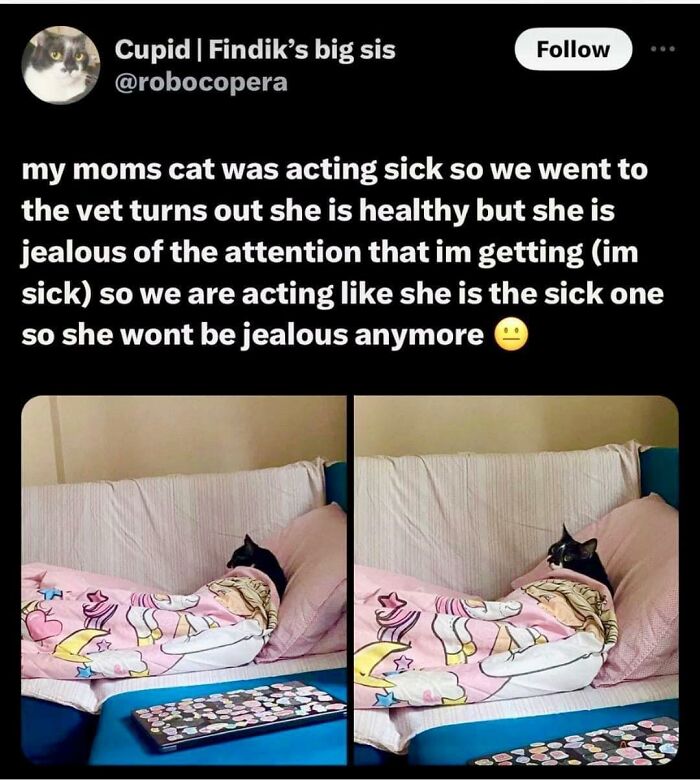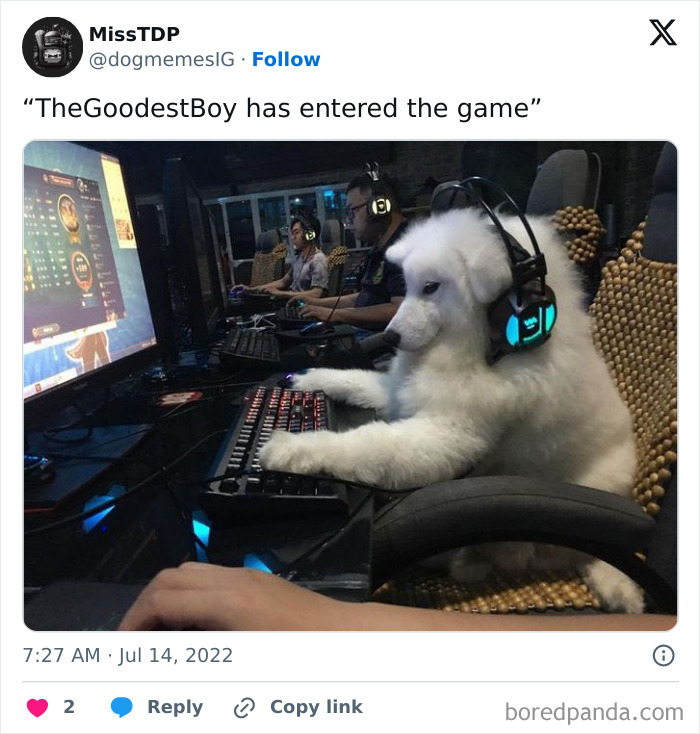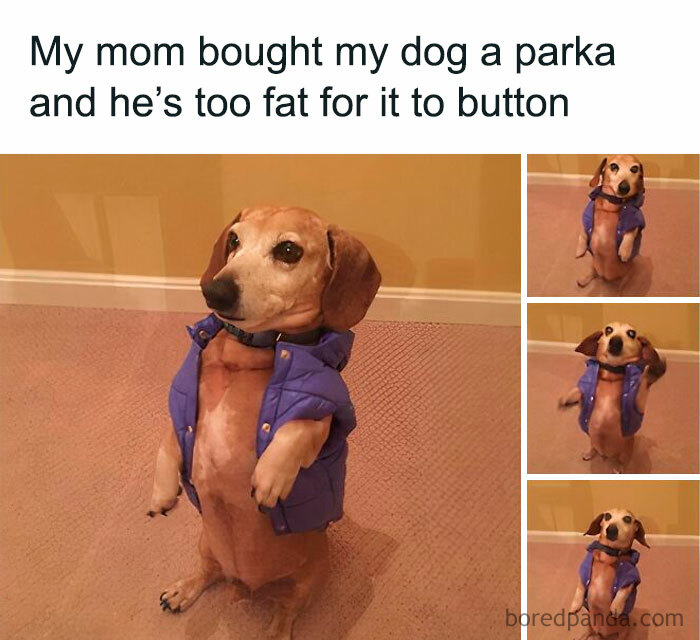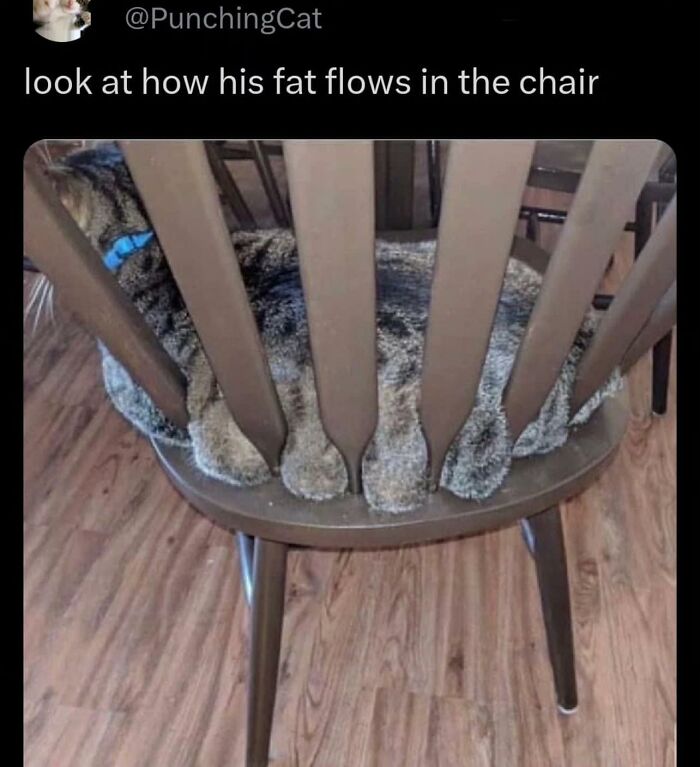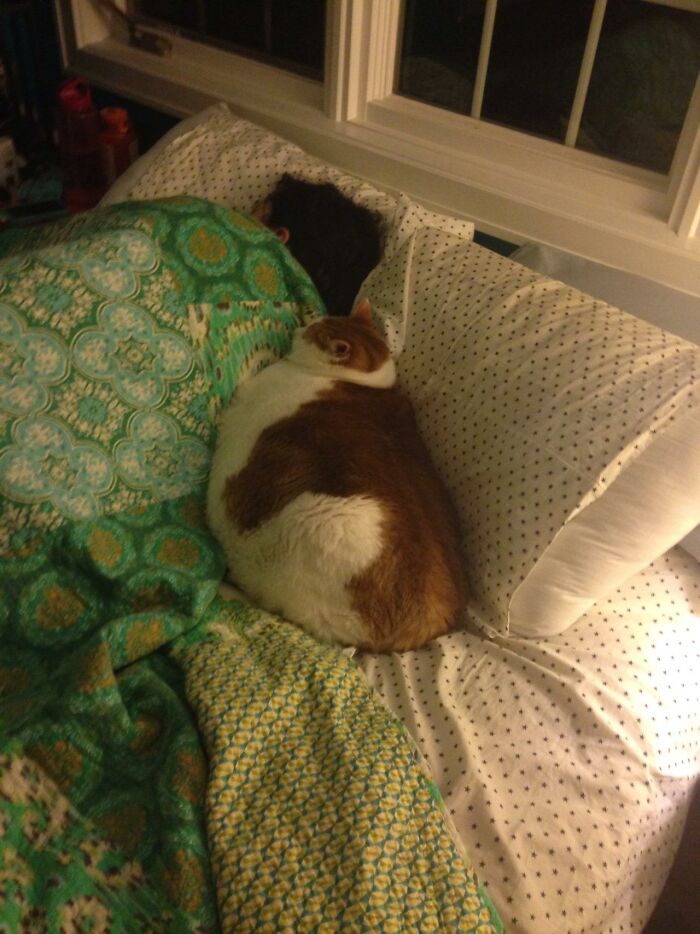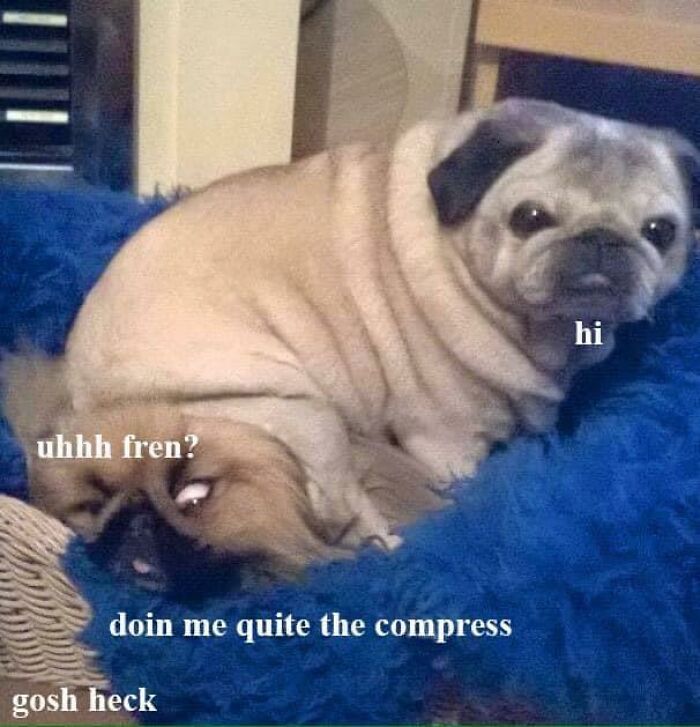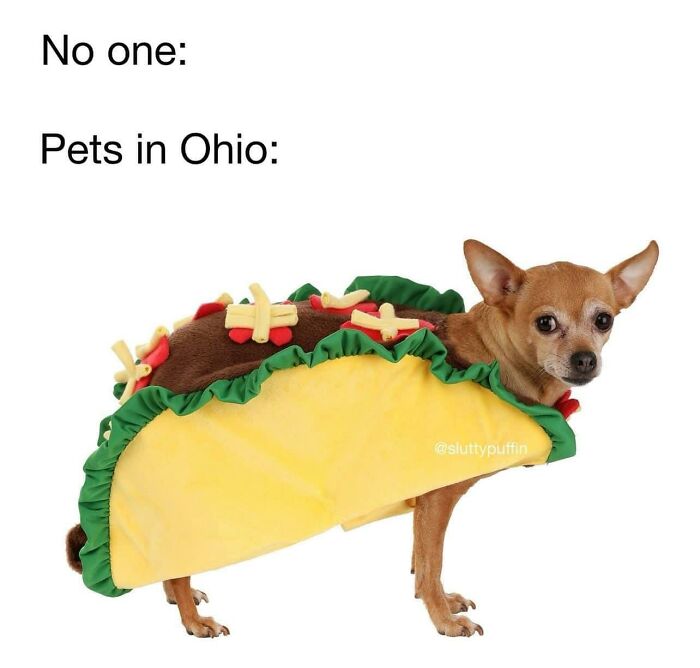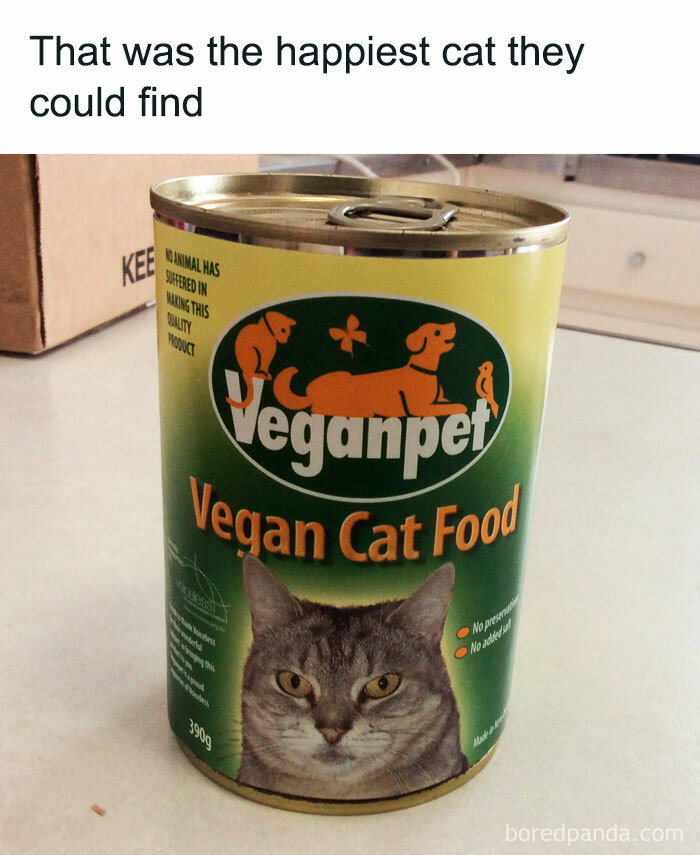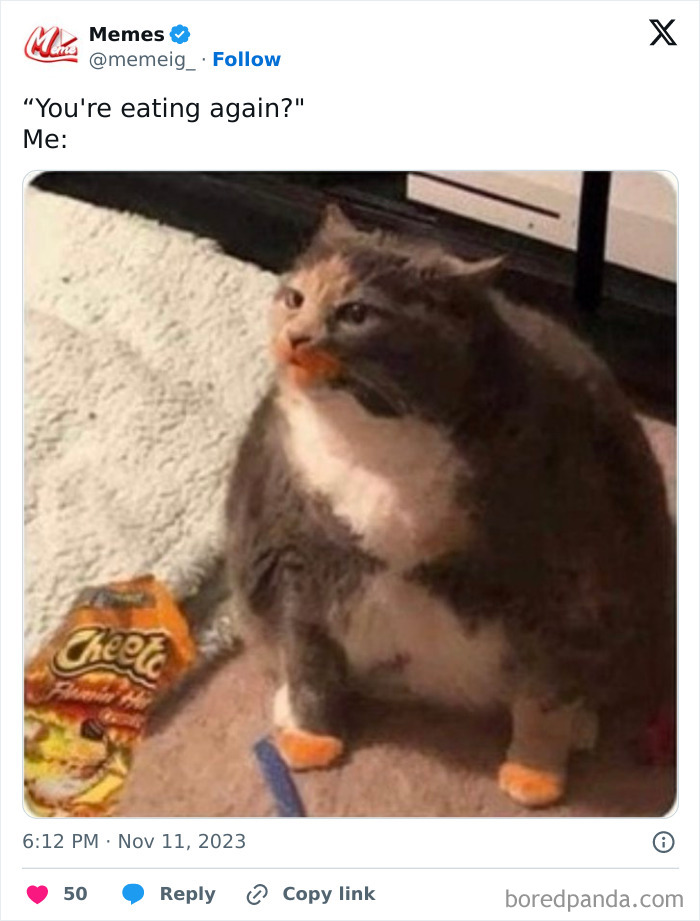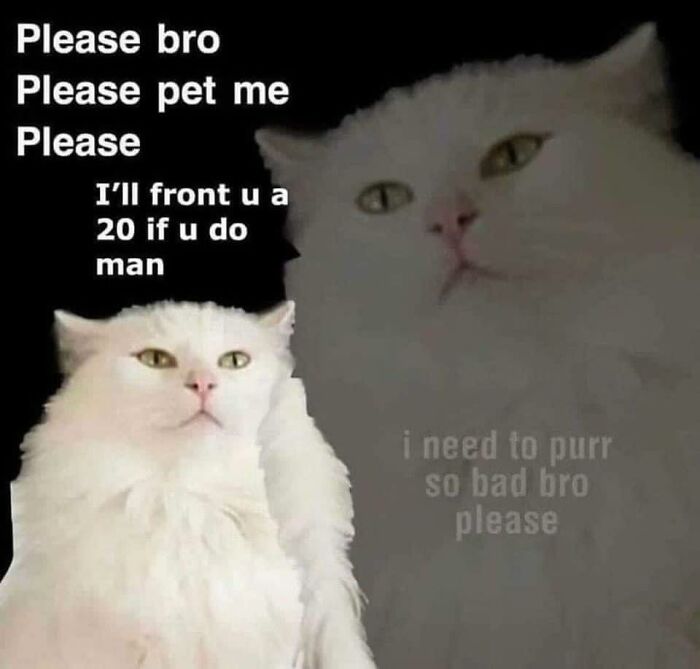From the adorable pooch soundly sleeping in your lap to the fish and amphibians roaming the waters, every animal plays an important role in our environment and human wellness. Interacting with them helps our health, both physical and emotional. And their existence alone keeps our world and its environment and ecosystems running smoothly, without us really realizing it in our day-to-day lives.
Animals truly do so much for us, and we’re here to remind you of that with a list of the most adorable creatures from the “Chonky Woofers For My Depression” Facebook page. Scroll down to find them, and don’t forget to upvote the ones that made you crack a smile or two.
This post may include affiliate links.
My friend read reports about a stranded dog on Mt. Bross in Colorado and proceeded to climb the mountain and rescue said dog.
Since animals do so much for us, we at least should try to give some of that back. We can do so by being kind to them, taking action to help those already around us, and minimizing our individual impact on wildlife and industrial animal cruelty.
The first obvious step we can take to improve animal welfare, as suggested by the Humane Rescue Alliance (HRA), is to adopt. Many adorable creatures enter shelters every day, and they definitely deserve a second chance at having a warm, loving home.
My 10+yo dog likes to sleep on my legs. I made her this out of some of my old jeans for her to sleep on while I’m at work.
If you don’t have the conditions to house an animal long-term, a great alternative is pet fostering. Foster caregivers help shelters double the number of animals they can rescue by giving them the best possible place to wait for their permanent home. All a person has to do to become one is love animals and be willing to learn. No previous animal experience is needed.
Of course, it’s worth mentioning that the longer they spend time with the animal, the harder it will be to part with them. So just keep in mind that pet fostering can end up with a furry fella in your home (but who would complain?).
In case fostering is not your cup of tea, you can try volunteering at an animal shelter. Thanks to volunteers, HRA can save 100,000 animals every year across their DC and New Jersey campuses. These contributors help with a variety of tasks, like training and caring for the animals, going for a walk in the park, helping them find new homes, and supporting community and special events. Many shelters would be very glad to have you if it’s something you might consider doing!
An officer halts traffic to make way for a cat carrying a kitten across the street, 1925.
A financial donation is also more than welcome. Often, animal rescues rely on the community to cover the expenses of everyday supplies and daily operations. Shelters additionally post wishlists on their website full of things they need the most at their facilities. So if you are too busy or unable to foster or volunteer, this can be a great way to help the creatures in need.
If a person already has a four-legged companion in their care, the Humane Rescue Alliance stresses that they have identification. This can help in case the animal gets lost, as identification tags or microchips allow them to get home quickly and safely if they ever accidentally wander from home. Encouraging others to do the same ensures that owners aren’t separated from their beloved pets and prevents them from ending up in shelters by mistake.
In addition, it’s important to have a disaster plan for your pet in case of an emergency, whether it’s a natural disaster or a serious illness. Leaving a pet in a rush of disaster can result in them getting lost, injured, or even killed. This can all be avoided by having a plan of action and a pet emergency kit. For some tips on how to create them, make sure to check out HRA’s website.
My wife started feeding a stray cat but I'm allergic so we couldn't take her into our house. I built the cat her own instead. It's insulated and has electric heating. Look at that happy little face!
Charlie got his balls snipped today and he hated the cone but is VERY okay with this plate instead. Here he is, purring.
Valid. I graduated from coloring my hair or painting my walls to using stuff that washes out on my hair. Know your coping mechanisms !
For animals that freely roam outside, we should provide them with native pollinator and bird-friendly plants by planting them in our gardens. For example, sunflowers are great multipurpose plants that are great for pollinators for their blooms and birds can enjoy the seeds after that. It’s also recommended to avoid using pesticides when gardening, too, as these chemicals are harmful to insects and other animals.
My cat Toby isn't blind and this is the type of thing he brings me every night. Multiple times a night.
An eagle decided to land at one of the two college football games played today. That eagle managed to find probably one of the only Natives sitting in the stands at the game.
The eagle is named Clark. He is not wild. He's trained to circle the stadium,. He got tired and landed on this guy Tuyen Nguyen, who is from Vietnam and most decidedly NOT Native American.
In urban and suburban areas, make sure to put out fresh water, as it can be hard for wildlife to find places to quench their thirst. Make your neighborhood more animal-friendly by giving up cruel forms of traps and avoiding single-use plastics that end up littering the streets. When ingested, pollutants like plastic bags and straws can strangle and kill wildlife.
Additional tips on improving animal welfare include choosing products that haven’t been tested on animals or made out of real fur. Eating more plants and sharing these tips with others can make our society kinder towards other creatures and make their living conditions better.
Diego the turtle was in a zoo for 30 years. In the wild, there were were 12 females and 2 males left of the species. The zoo did not know he was a Hood Island turtle, but once they ran his DNA and discovered his heritage, they shipped him off to the breeding program. They mixed the males with different females to produce as many eggs as possible. Diego fathered 40% of the eggs, a wild male fathered 60%, and the third only fathered a few. The species is back up to about 2000 now and the program has ended. The other turtle was called E5 but he was reclusive and did not like to mate when witnessed, Diego, however, was aggressive and not at all camera shy, so he got the majority of the credit.
My neighbour's job is taking in really fat cats and helping them lose weight before they're rehomed and this is her latest resident. So far he has lost 4lb.
I really want a pet frog to look after. I'm working on persuading my landlord.
Hope you succeed. I don't see why they wouldn't allow this kind of pet?
Load More Replies...So, we're just going to ignore the fact that Harold is apparently some sort of levitating Zen Master frog?
He's just sitting on a glass table.. if he was levitating, his butt wouldn't be all bunched up..
Load More Replies...Considering the time, that was made by a woman (very well, btw) for her cat. Dashing.
I'm 100 % with you and will be doing the same. Money-grubbing bunch of smelly asswipes, why don't you go live in the ocean?
Load More Replies...Animals do not, and should not be made to, wear human-style clothes, and only need dressings if they're injured in some way. Let them be who they are, not surrogate children, please!
Here is Wintressia. Wintressia liked wearing clothes and costumes. Not every animal is being tortured when it is placed into clothing/costume. win10-6721...490566.png 
I'm 100 % with you and will be doing the same. Money-grubbing bunch of smelly asswipes, why don't you go live in the ocean?
Load More Replies...Animals do not, and should not be made to, wear human-style clothes, and only need dressings if they're injured in some way. Let them be who they are, not surrogate children, please!
Here is Wintressia. Wintressia liked wearing clothes and costumes. Not every animal is being tortured when it is placed into clothing/costume. win10-6721...490566.png 

 Dark Mode
Dark Mode  No fees, cancel anytime
No fees, cancel anytime 










